Set in the heart of Europe, Germany is a country where centuries of history meet cutting-edge innovation. From ancient tribal roots to its unification in 1871, through the devastation of two world wars and the triumphant reunification of East and West in 1990, Germany has continually shaped, and been shaped by, world events. Today it stands as a vibrant mix of past and present: fairy-tale castles rise above river valleys, medieval towns share streets with modern architecture, and world-class cities like Berlin and Munich buzz with art, music, and technology. Whether you’re drawn to Rhine River cruises, Bavarian beer gardens, or the dense forests of Baden-Württemberg, Germany offers travelers an unforgettable blend of culture, cuisine, and scenic beauty.
States
Germany has sixteen different states. Between the two groups (The DINKs and The Family) we have only covered six which include.
- Baden-Württemberg – Southern Germany’s Black Forest and Swabian Alps make this state a top outdoor destination. Capital Stuttgart and major cities Karlsruhe, Mannheim, Heidelberg, and Freiburg blend automotive history, wine culture, and medieval charm.
- Bavaria (Bayern) – Famous for the Alps, fairy-tale castles, and Oktoberfest, Bavaria offers classic German scenery and traditions. Capital Munich joins Nuremberg, Augsburg, and Regensburg as must-see cities.
- Berlin – Germany’s vibrant capital city-state mixes world-class museums, cutting-edge nightlife, and iconic sites like the Brandenburg Gate and Berlin Wall.
- Hesse (Hessen) – Home to financial powerhouse Frankfurt am Main plus historic Wiesbaden, Darmstadt, and Kassel, Hesse offers Rhine wine country and fairytale forests.
- North Rhine-Westphalia (Nordrhein-Westfalen) – Germany’s most populous state features Rhine River culture, world-class museums, and major cities Düsseldorf, Cologne, Dortmund, Essen, Bonn, and Münster.
- Rhineland-Palatinate (Rheinland-Pfalz) – Famed for Moselle vineyards, castles, and Roman history. Capital Mainz with Koblenz, Trier, and Ludwigshafen are perfect bases for wine and river cruises.
The Same
The Dinks have visited Germany more times and have a broader experience but there is still some overlap in their experiences.
Munich (München):
Munich is the capital of Bavaria and renowned for its beer gardens, traditional Bavarian architecture, and annual Oktoberfest celebration. Visitors can explore historic landmarks such as Marienplatz, Neuschwanstein Castle, Nymphenburg Palace, and the English Garden. Munich is also home to world-class museums, theaters, and breweries. Get the full details on our two different takes on Munich Germany.
- EAT: Traditional Bavarian Cuisine including local favorites like Weisswurst with sweet mustard, crispy Schweinshaxe (pork knuckle), Obatzda cheese spread, giant pretzels, and rich Apfelstrudel for dessert.
- DRINK: Experience legendary beer halls and gardens including Hofbräuhaus, Schneider Bräuhaus, Weisses Bräuhaus, and the family-friendly Münicher Radler Brewery for classic Helles, Dunkel, and refreshing Radlers.
- STAY: Choose Altstadt for walkable historic sights, Maxvorstadt for museums and trendy cafés, or Schwabing for boutique hotels near the English Garden and nightlife.
Rüdesheim am Rhein:
Nestled in the scenic Rhine Valley, Rüdesheim is a charming wine town known for its vineyards, wineries, and medieval Old Town. Visitors can take a leisurely stroll along the Drosselgasse, a lively cobblestone street lined with wine taverns and restaurants. It also include amazing views of the river.
Rhine River cruise: This is where we both took a scenic Rhine river cruise. As you glide along the Rhine River, you’ll be treated to breathtaking views of the surrounding landscapes, including lush vineyards, rolling hills, and medieval castles perched atop rocky cliffs. Sit back, relax, and soak up the tranquil atmosphere as you cruise along the Rhine River. Enjoy refreshments from the onboard bar or take a stroll on the deck to feel the gentle breeze and admire the passing scenery. Keep your camera handy to capture the stunning scenery along the way.
- EAT: Hearty German fare such as sausages, schnitzel, and flammkuchen in traditional wine taverns or vineyard restaurants.
- DRINK: Sip award-winning Rheingau wines in atmospheric Weinstuben (wine bars) or enjoy a glass of chilled Riesling aboard the river cruise for a true taste of the region.
- STAY: Choose charming inns or boutique hotels along the Rhine promenade or amid the old town’s half-timbered streets for easy access to cruises, vineyards, and sunset views.
Check out the full details on our two takes on Rudesheim am Rhein:
The DINKs
We did an escorted tour that took us through most of Germany. I never imagined we would love Germany as much as we did. There are seriously castles EVERYWHERE. Below are the additional places we visited and some key highlights. I don’t know that we have a favorite place but did prefer the smaller towns like Trier and Koblenz. However, you have to visit iconic cities like Cologne, Frankfurt and Munich. We absolutely loved the Rhine River cruise but since most cities are located on or near the Rhine, you can take one out of anywhere.
Here are some of our highlights:
Cologne (Köln):
Located on the Rhine River, Cologne is known for its stunning Gothic cathedral, the Kölner Dom, which dominates the city skyline. Other attractions include the historic Old Town (Altstadt), Hohenzollern Bridge, and Museum Ludwig. Cologne is also famous for its vibrant Carnival celebrations and bustling nightlife.
- Cologne Cathedral (Kölner Dom): This iconic Gothic cathedral is the city’s most famous landmark and a UNESCO World Heritage site. Visitors can climb the 533 steps to the top of the south tower for panoramic views of the city.
- Hohenzollern Bridge: Stroll across this historic bridge spanning the Rhine River, adorned with thousands of love locks. It offers excellent views of the cathedral and the riverfront.
- Old Town (Altstadt): Wander through the narrow cobblestone streets of Cologne’s Old Town, filled with charming squares, medieval buildings, and traditional breweries (Brauhaus) serving Kölsch beer.
Frankfurt:
As one of Germany’s major financial and transportation hubs, Frankfurt is a modern metropolis known for its striking skyline dominated by skyscrapers. Visitors can explore historic landmarks such as the Römerberg (Old Town Square), St. Bartholomew’s Cathedral, and the Goethe House, where the famous writer Johann Wolfgang von Goethe was born. The city also offers world-class museums, vibrant nightlife, and diverse culinary scene.
- Explore the Historic Old Town (Altstadt): Wander through the charming cobblestone streets of Frankfurt’s Old Town, which was meticulously reconstructed after World War II. Admire iconic landmarks such as the medieval Römerberg square, Römer City Hall, and the towering spires of St. Bartholomew’s Cathedral (Dom).
Bonn:
Situated on the banks of the Rhine River, Bonn is a picturesque city with a rich cultural heritage. Bonn boasts beautiful parks, historic churches, and the impressive Electoral Palace.
- Beethoven’s birthplace: A museum dedicated to the life and work of the renowned composer. Step inside the house where Beethoven was born and gain insight into his early years and musical genius. Explore the museum’s exhibits, which include personal artifacts, manuscripts, and memorabilia associated with Beethoven’s life and career.
- Town Hall: Marvel at the Rococo-fronted town hall in Bonn, a stunning architectural masterpiece that stands as a testament to the city’s rich history and cultural heritage. As you approach the town hall, you’ll be captivated by its ornate facade adorned with intricate details and elegant sculptures. The square is a perfect place to go shopping or grab lunch.
Trier:
As one of Germany’s oldest cities, Trier is steeped in history and boasts an impressive array of Roman ruins and medieval architecture.
- The birthplace of Karl Marx: Begin by visiting the house where the influential philosopher was born, now transformed into the Karl Marx Haus museum. Marvel at the exterior of this historic building and gain insight into Marx’s life and work.
- Trier’s city center: Discover the cathedra where inside you’ll find the celebrated Holy Robe, believed to be the tunic worn by Christ, which is occasionally put on display. As you wander through the city, you’ll encounter reminders of Trier’s rich Roman heritage. Known as “The Second Rome” due to Constantine’s tenure as an administrator, Trier boasts significant remnants of its imperial past.
- Porta Nigra, the best-preserved Roman city gate north of the Alps. Admire this architectural marvel and capture memorable photographs of this ancient landmark
Koblenz:
Located at the confluence of the Rhine and Moselle rivers, Koblenz is a scenic city known for its historic architecture, picturesque riverfront promenades, and charming Old Town.
- Deutsches Eck (German Corner): This iconic landmark marks the spot where the Rhine and Moselle rivers converge, forming a distinctive triangular shape. Admire the colossal equestrian statue of Kaiser Wilhelm I, symbolizing the unity of Germany.
- Ehrenbreitstein Fortress: Towering above the city on the opposite bank of the Rhine, Ehrenbreitstein Fortress is one of Europe’s largest and most impressive fortresses. Take a leisurely stroll or ride the cable car to reach the fortress, where you can explore its historic ramparts, museums, and panoramic viewpoints.
- Historic Old Town: Wander through Koblenz’s charming Old Town, where cobblestone streets lead past centuries-old buildings, quaint squares, and inviting cafes. Don’t miss the picturesque Liebfrauenkirche (Church of Our Lady) and the medieval Altes Kaufhaus (Old Customs House).
- Berlin Wall: As a symbol of unity and remembrance, Koblenz is home to a preserved section of the Berlin Wall. Located near the Deutsches Eck, this poignant monument serves as a reminder of Germany’s divided past and the triumph of hope over division.
The Family
While we haven’t visited Germany as many time or as many places as the DINKs, we did have one advantage of having our own car which allowed us to see beyond the town centers and go at our own pace.
Greater Munich into Baden-Württemberg
Since we had a car, we headed into the country side venturing outside Munich and Rüdesheim into the state of Baden-Württemberg.
- Rheinfels Castle, St. Goar – Explore Rheinfels Castle, one of the largest medieval castles on the Rhine River. Built in the 13th century, it features towers, fortifications, and historic exhibits. We learned a lot about the daily life of castle inhabitants and the cultural significance of Rheinfels Castle. A must-see for castle enthusiasts and history travelers in Germany.
- Black Forest, Germany – Discover the Black Forest, famous for dense forests, charming villages, scenic drives, and cultural attractions. Perfect for nature lovers, photographers, and German travel experiences.
- Triberg Waterfall, Black Forest – Visit Triberg Waterfall, one of Germany’s highest waterfalls. Multiple tiers, scenic trails, and breathtaking viewpoints make it a top natural landmark in the Black Forest.
- Black Forest Scenic Drives – Drive the Schwarzwaldhochstraße and other scenic routes through the Black Forest. Enjoy panoramic views of rolling hills, medieval villages, lush forests, and historic landmarks.
- Hohenzollern Castle, Swabian Alb – Tour Hohenzollern Castle, a stunning medieval fortress often compared to Hogwarts. This was a must for our kids. Explore grand rooms, royal collections, and impressive architecture atop the Swabian Alb. Ideal for history and castle lovers or just your average Harry Potter lover.
Berlin, Germany
Germany’s vibrant capital, Berlin is a dynamic city where cutting-edge culture meets powerful history. Once divided by the Cold War, Berlin now thrives as a global hub for art, music, and innovation, offering visitors a mix of historic landmarks, modern architecture, and a legendary nightlife scene.
We landed in Berlin on a multi-country trip and basically spent less than 24 hours in the city so we were just able to cover the highlights.
- Brandenburg Gate: This 18th-century neoclassical monument stands as a symbol of unity and freedom. Once part of the Berlin Wall’s “no man’s land,” it now welcomes visitors from around the world to Pariser Platz.
- Berlin Wall & East Side Gallery: Walk along the longest remaining stretch of the Berlin Wall, transformed into an open-air gallery of striking murals that celebrate peace and reconciliation.
- Reichstag Building: Home to Germany’s parliament, the Reichstag features a stunning glass dome designed by architect Norman Foster. Visitors can climb to the top for sweeping views of Berlin’s skyline.
- Checkpoint Charlie: Once the most famous border crossing between East and West Berlin, this historic site now features a museum detailing dramatic escape stories and the realities of the Cold War.
- Alexanderplatz & TV Tower: A lively square filled with shops and restaurants, Alexanderplatz is home to the iconic Fernsehturm (TV Tower), where a rotating observation deck offers breathtaking 360-degree city views.
Summary
In conclusion, while both the family and the DINKs enjoyed their time in Germany, the DINKs took the lead in this adventure, covering a much broader spectrum of what the country has to offer. While the family focused primarily on Munich and the surrounding areas, the DINKs immersed themselves in cities like Cologne, Frankfurt, Bonn, Trier, and Koblenz, truly exploring the diverse regions of Germany. Each experience had its own charm, but with the DINKs’ extended travel and wider itinerary, they win this round for seeing more of the country’s rich history, culture, and landscapes.
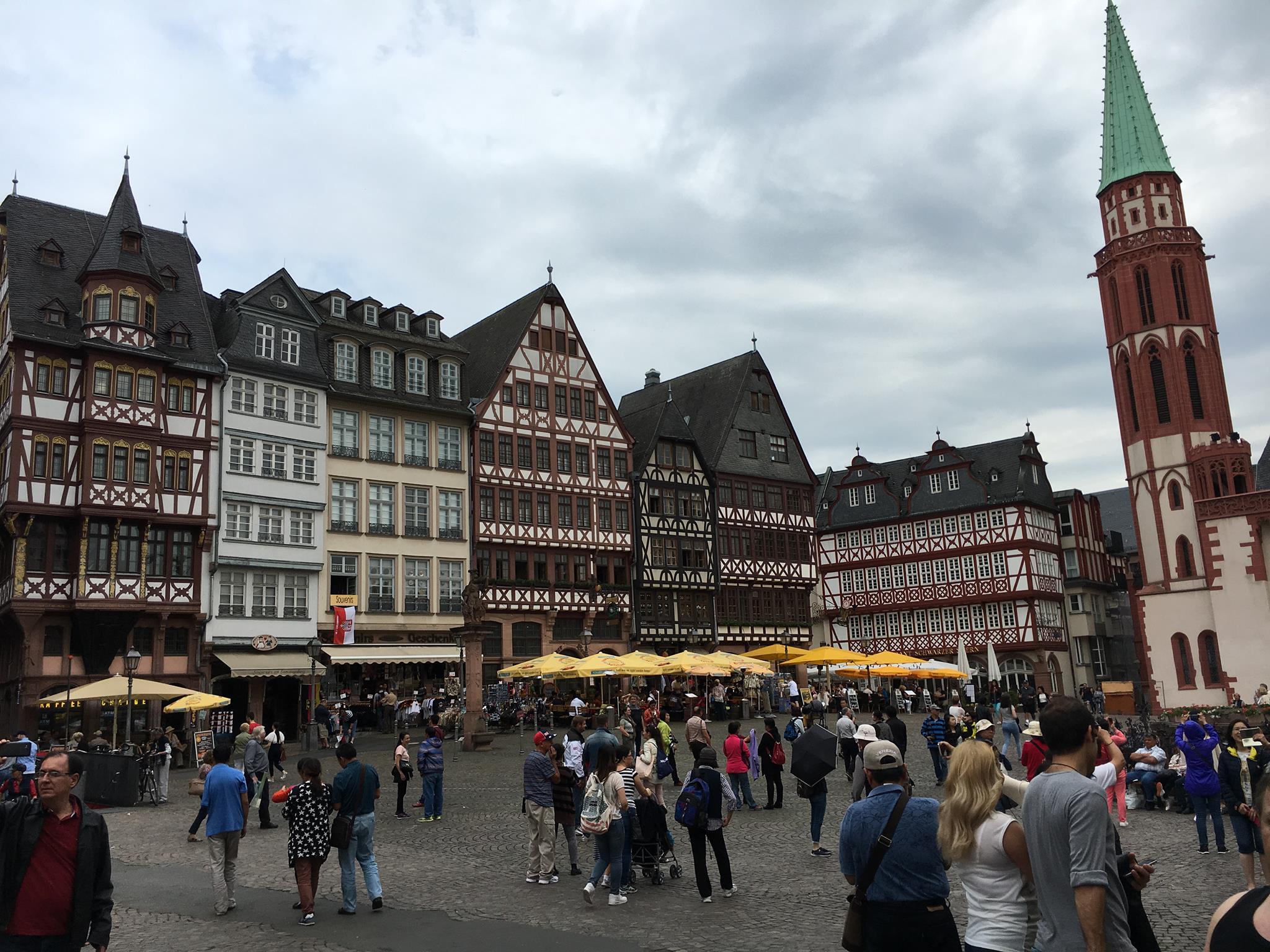
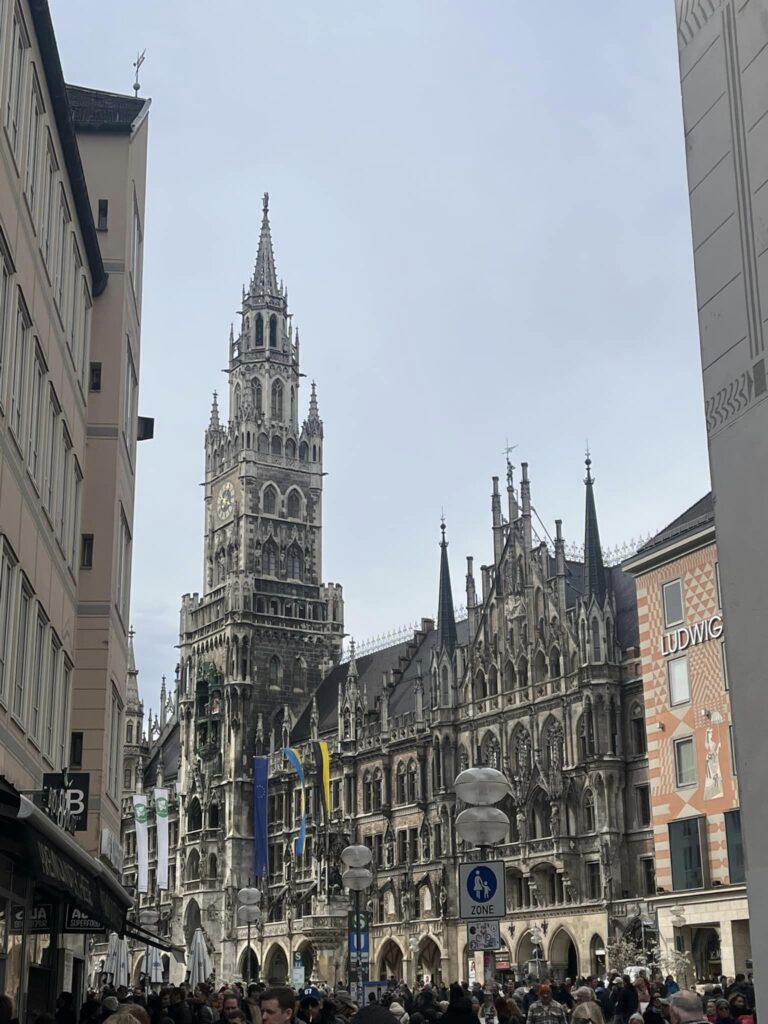
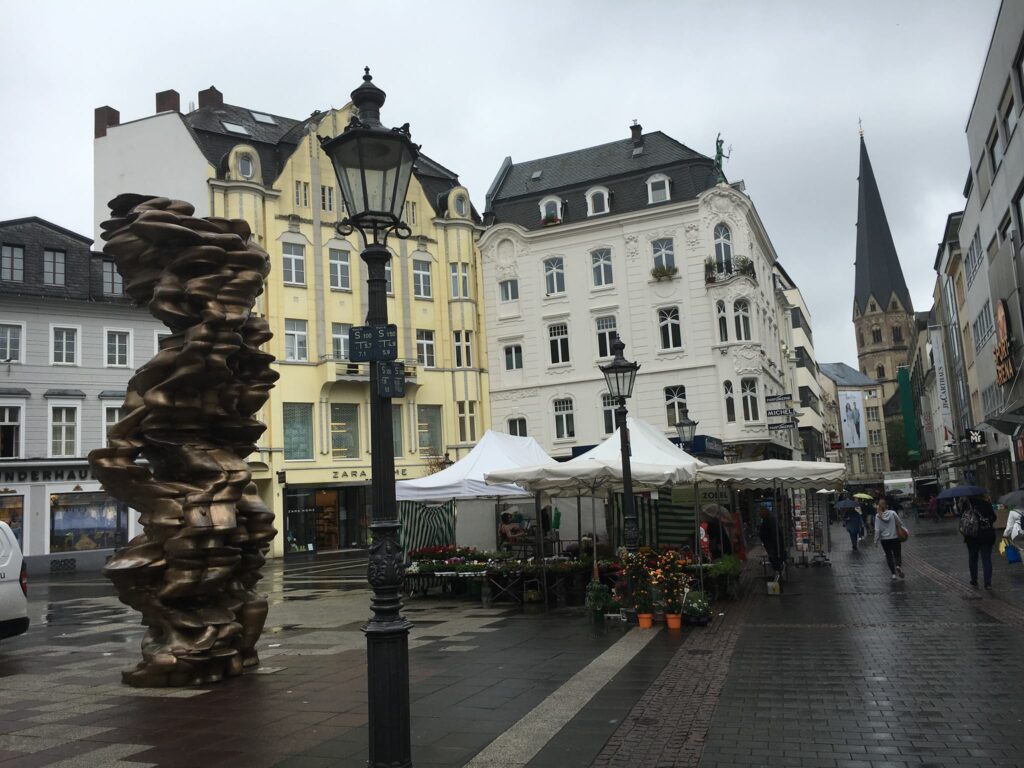
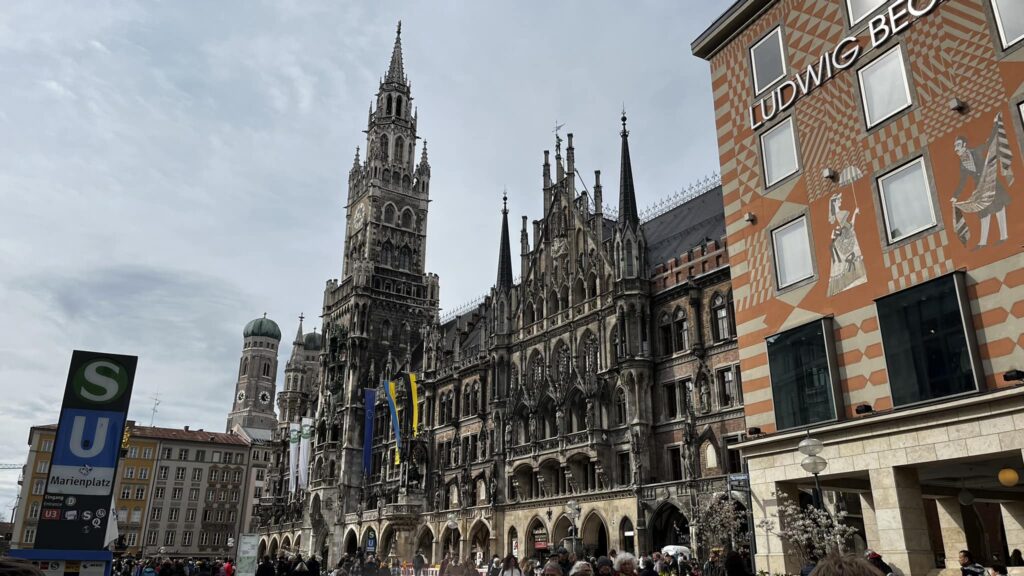
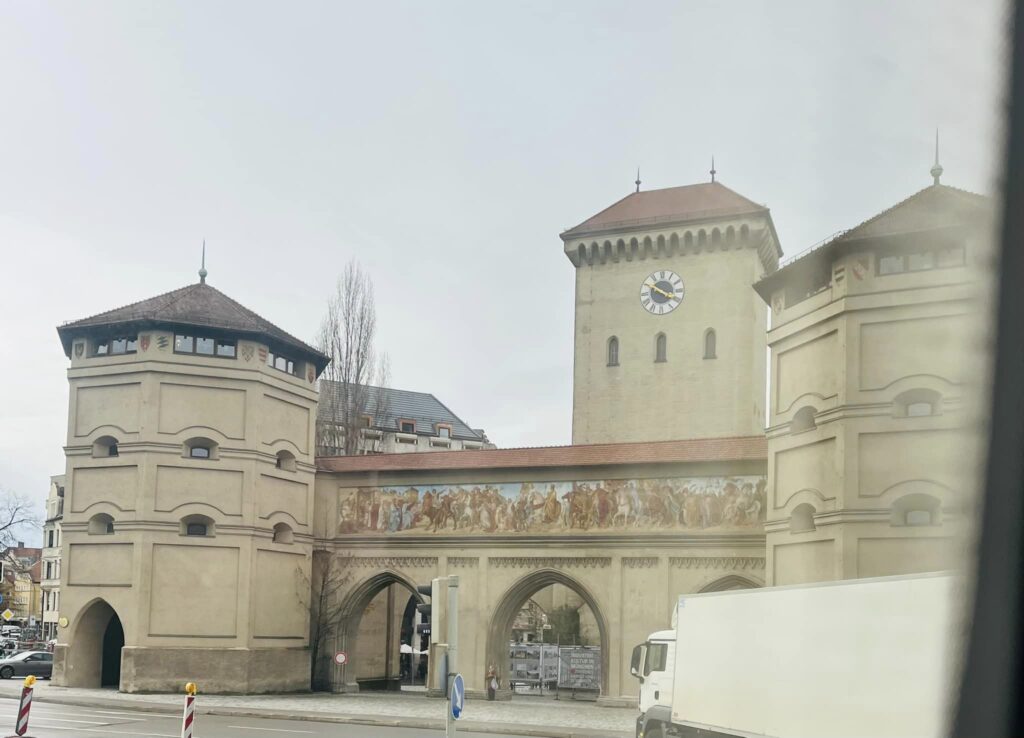
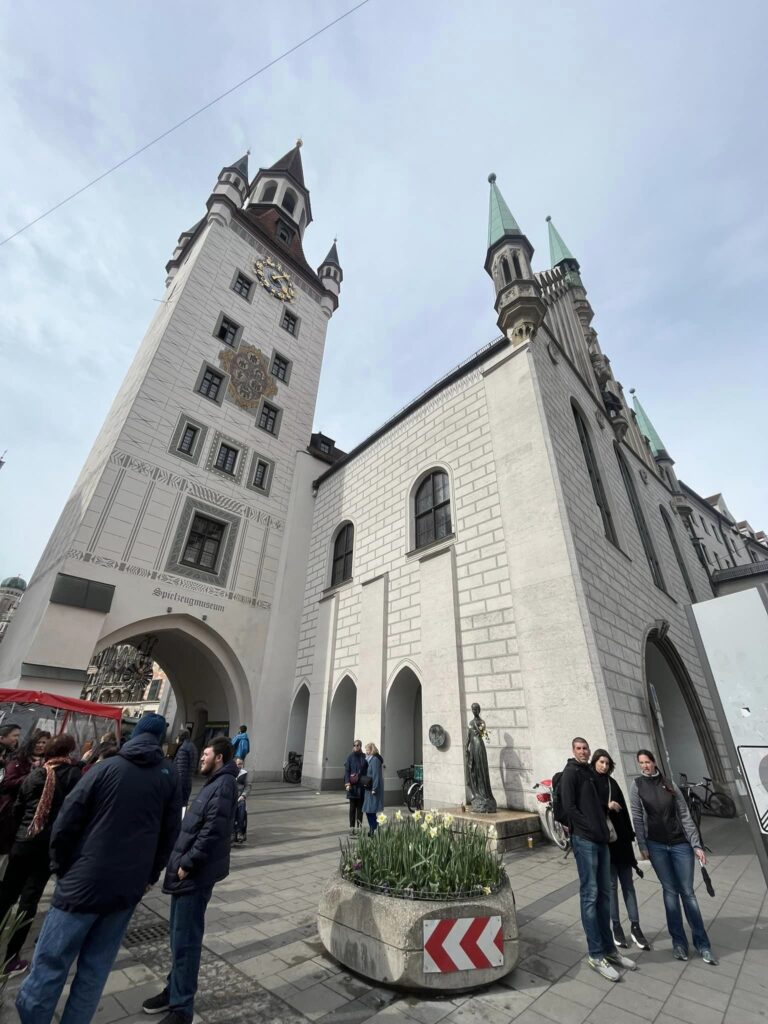
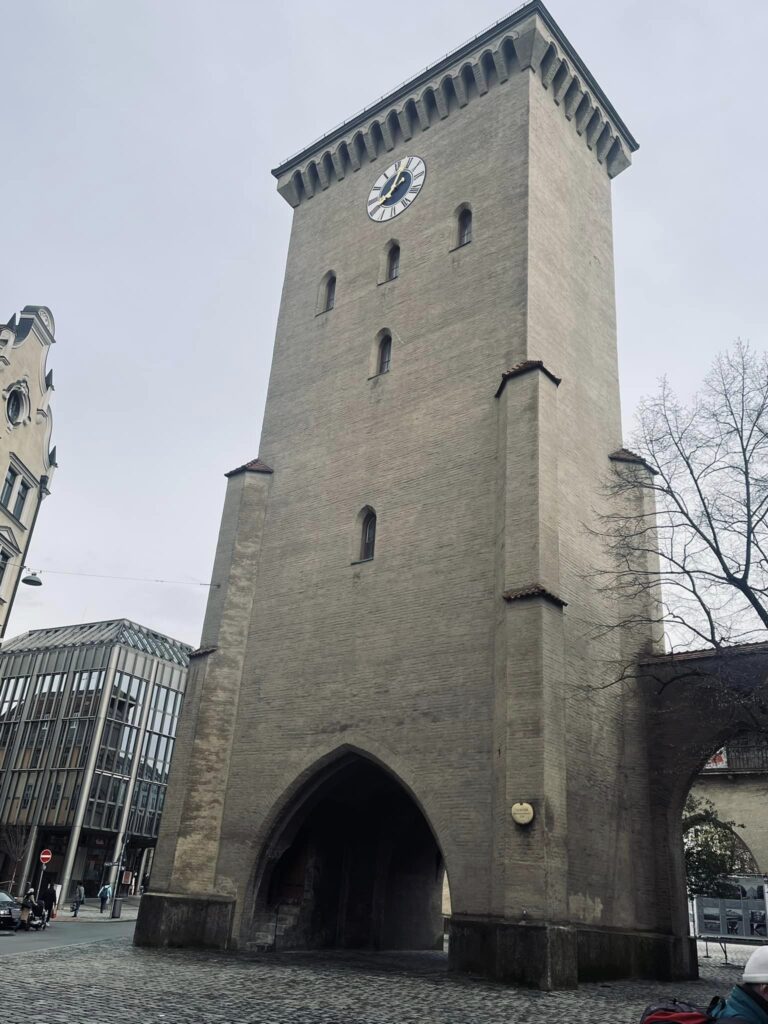
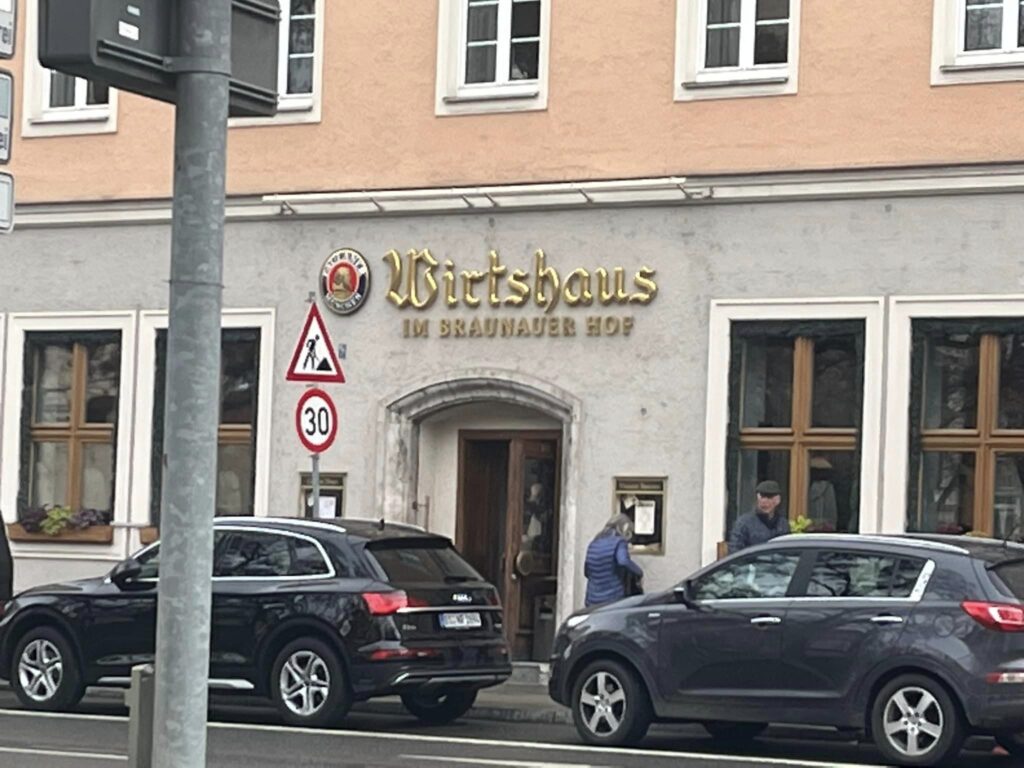
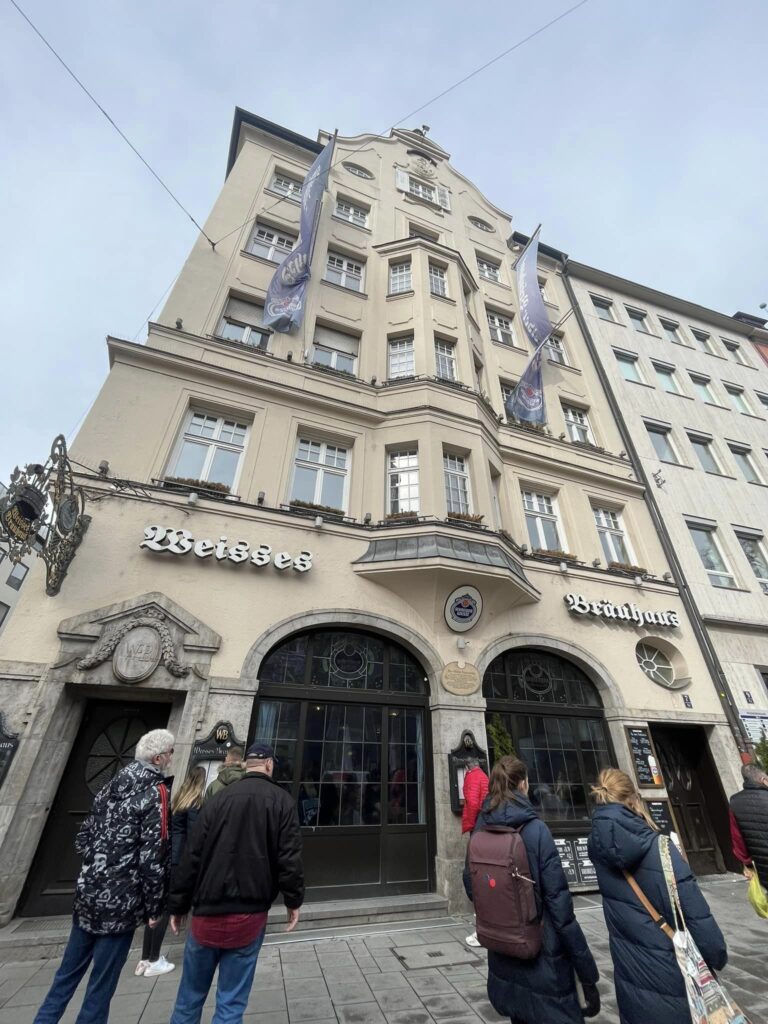
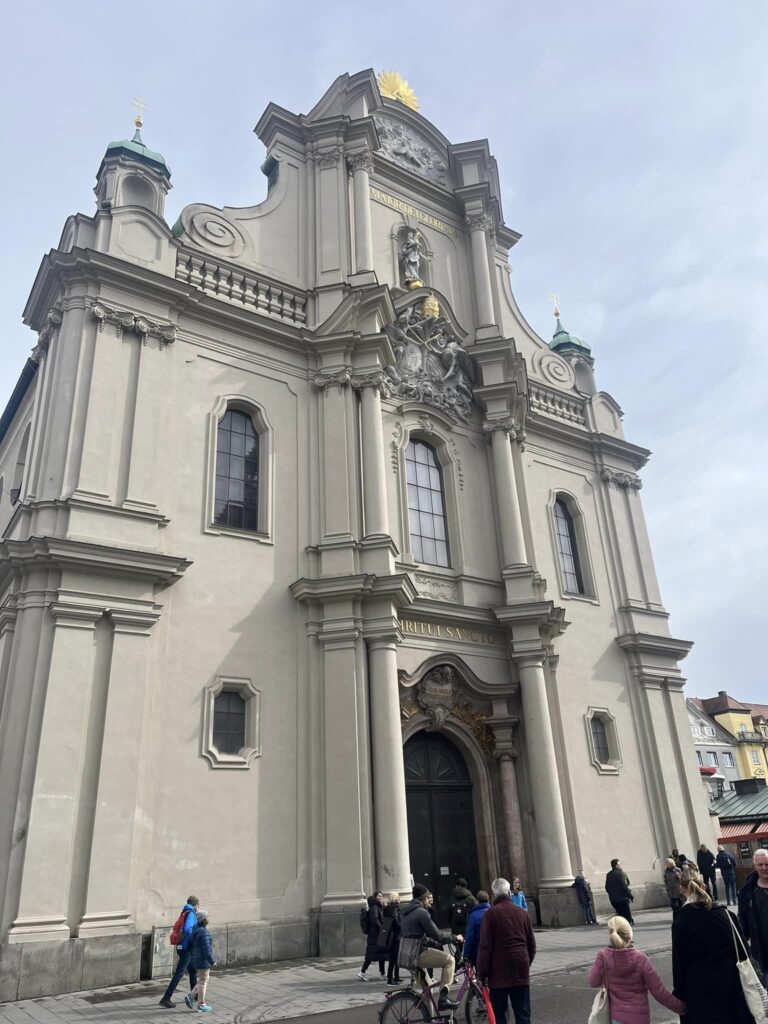
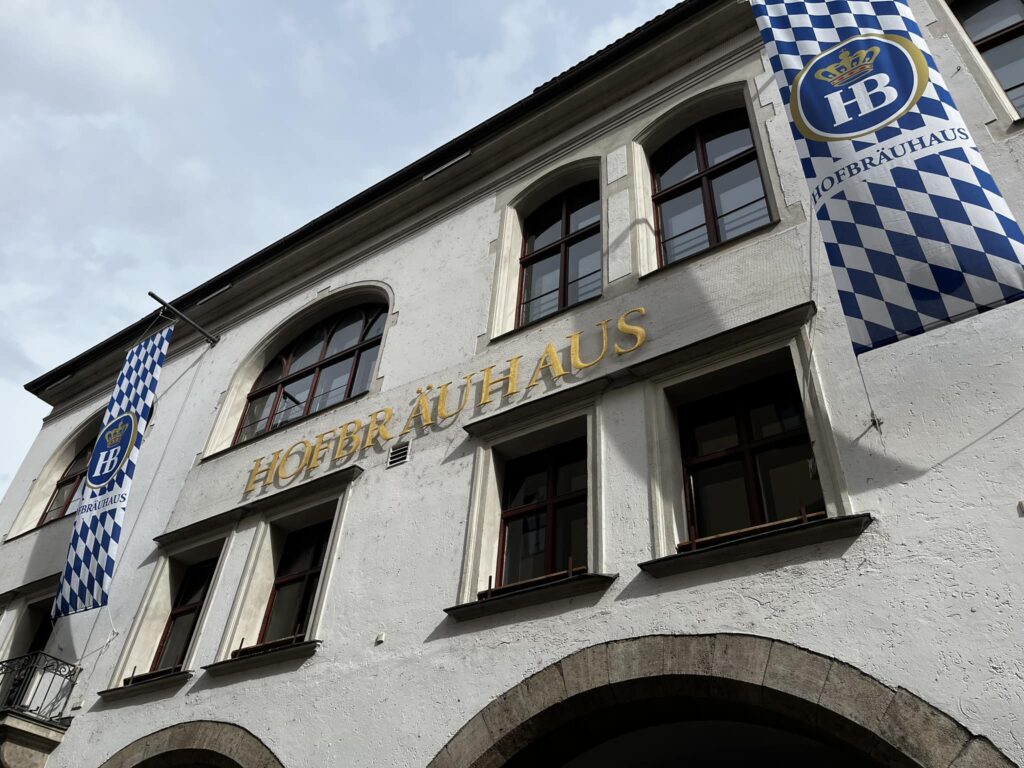
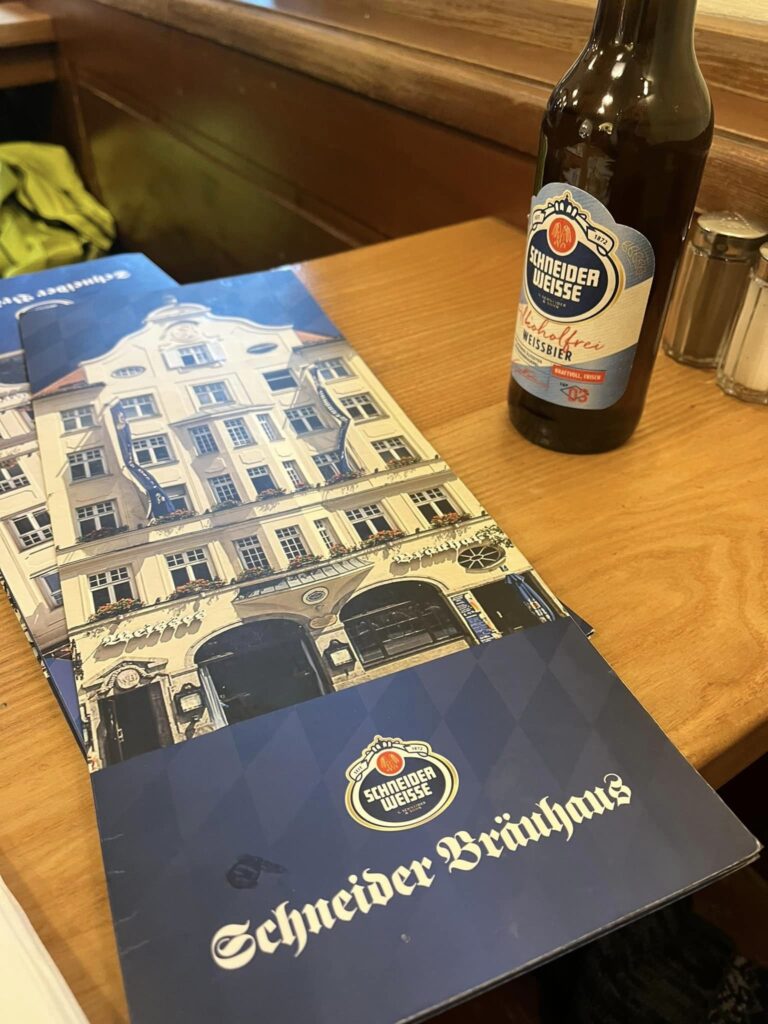
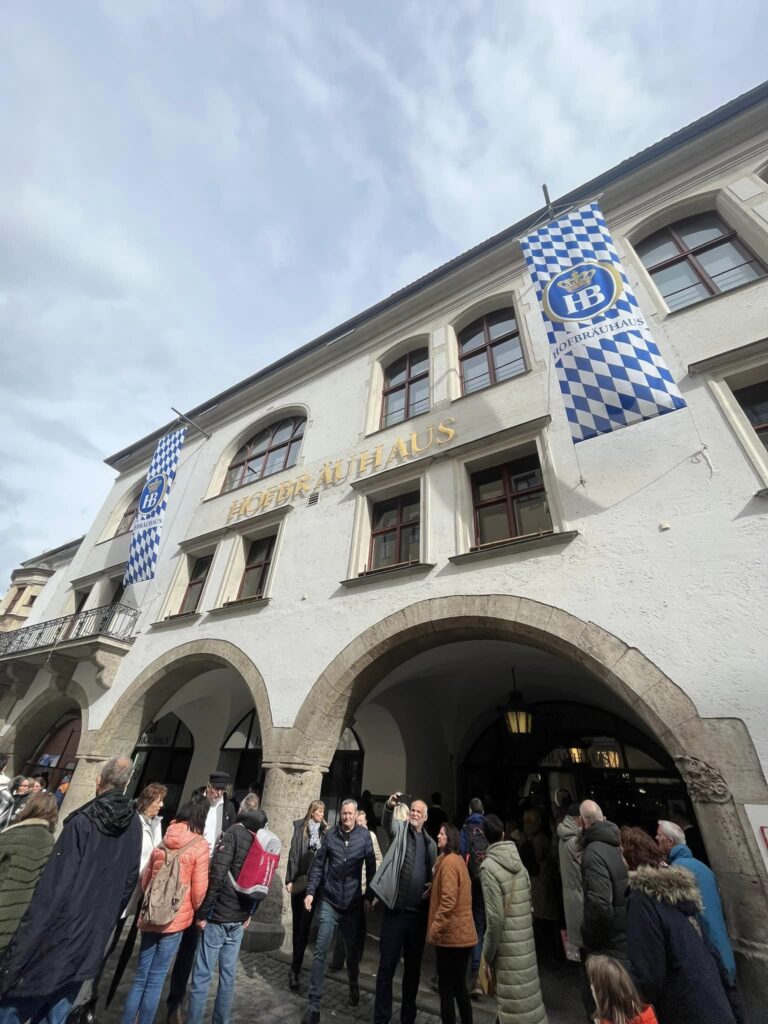
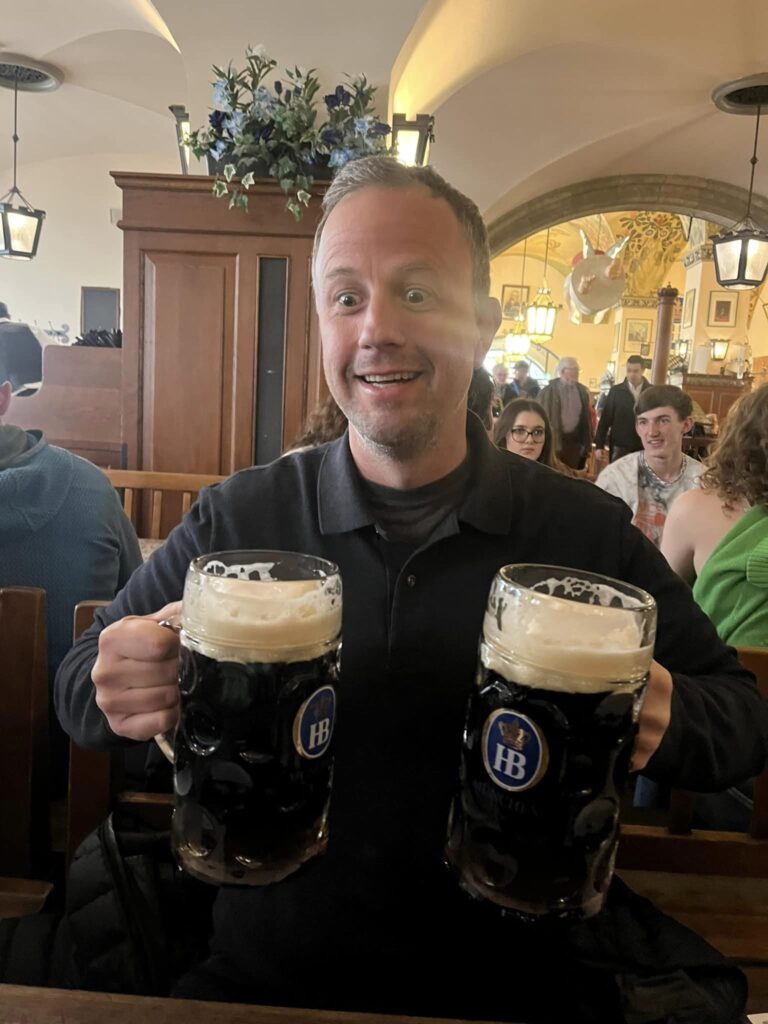
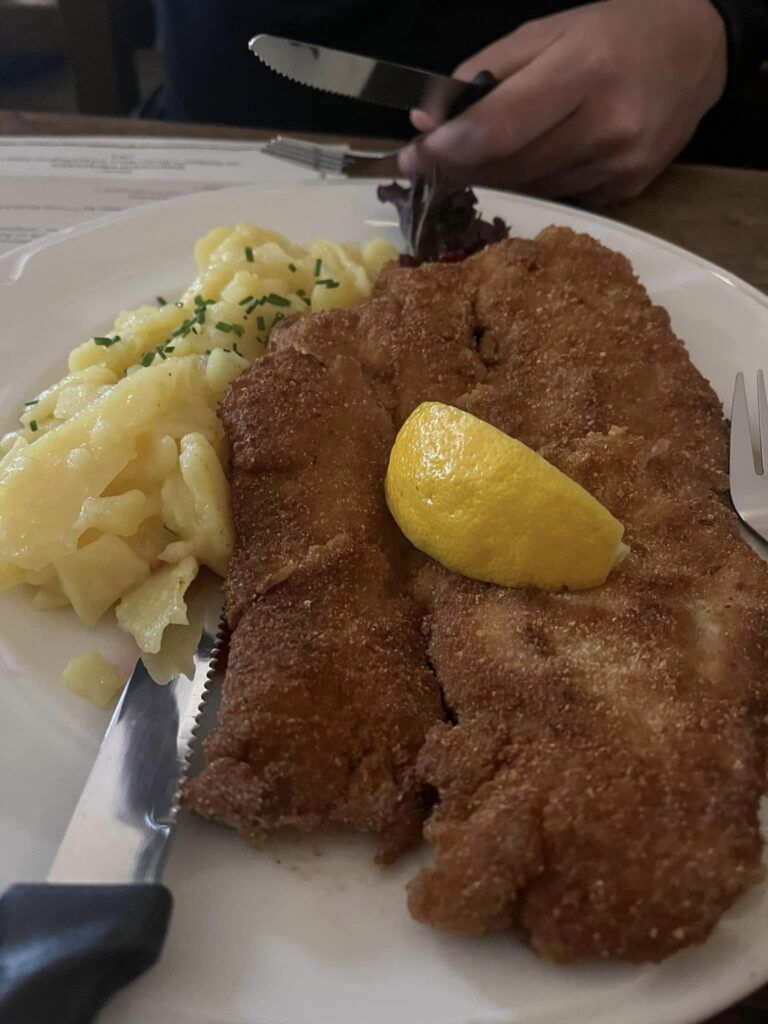
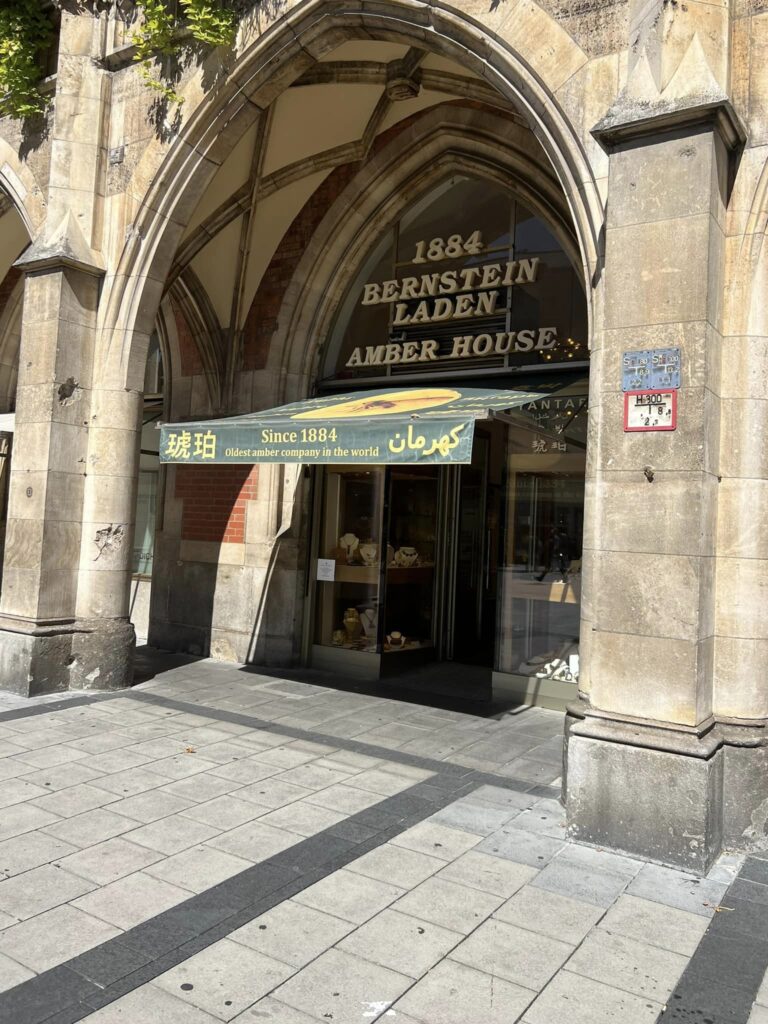
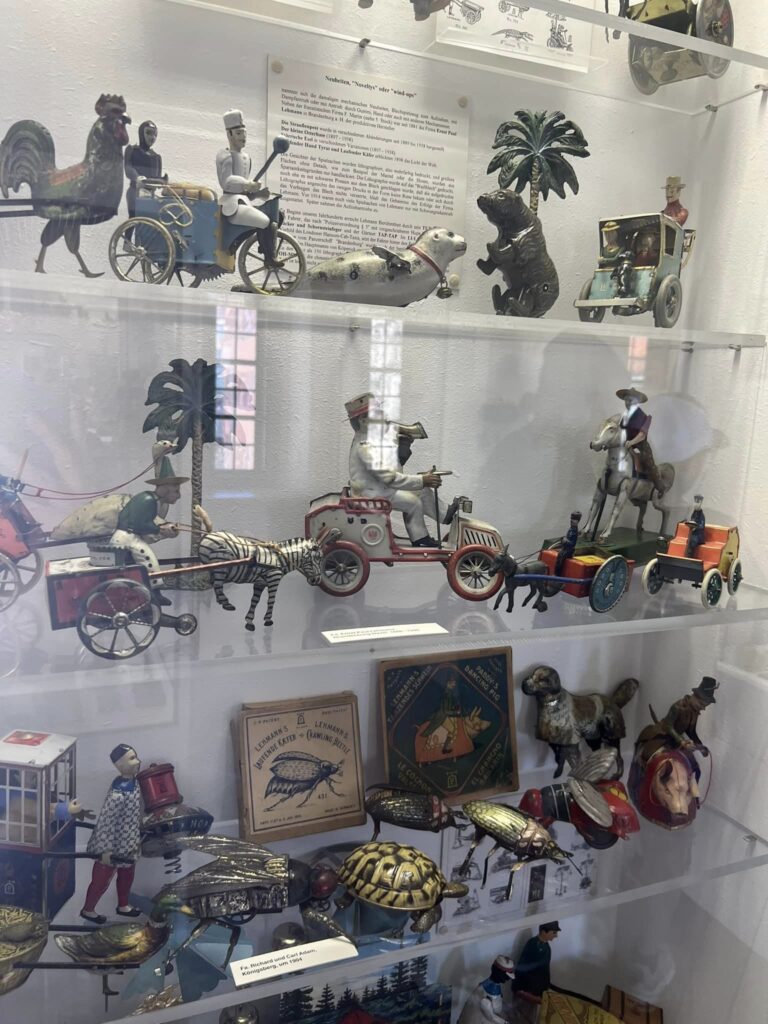
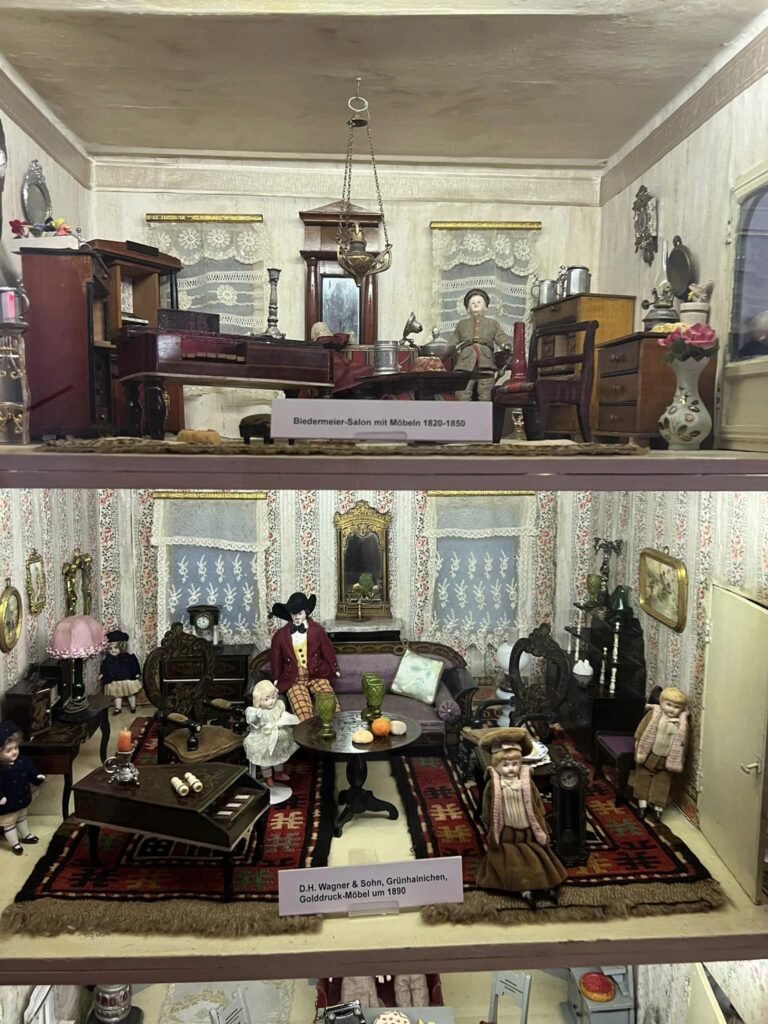




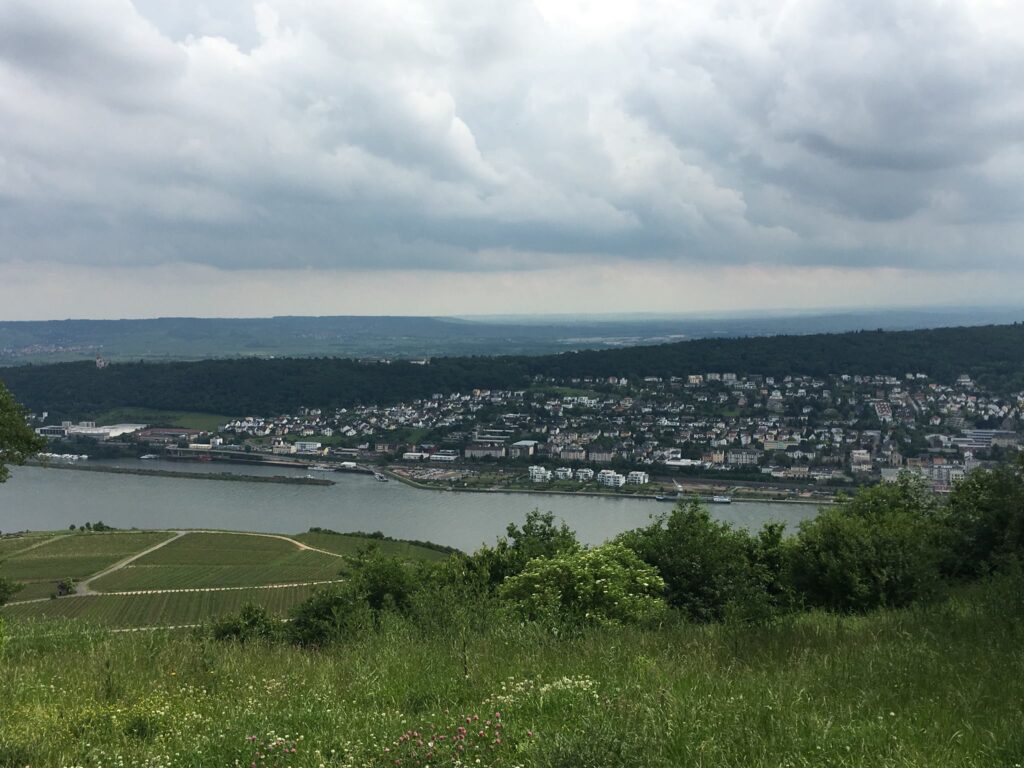

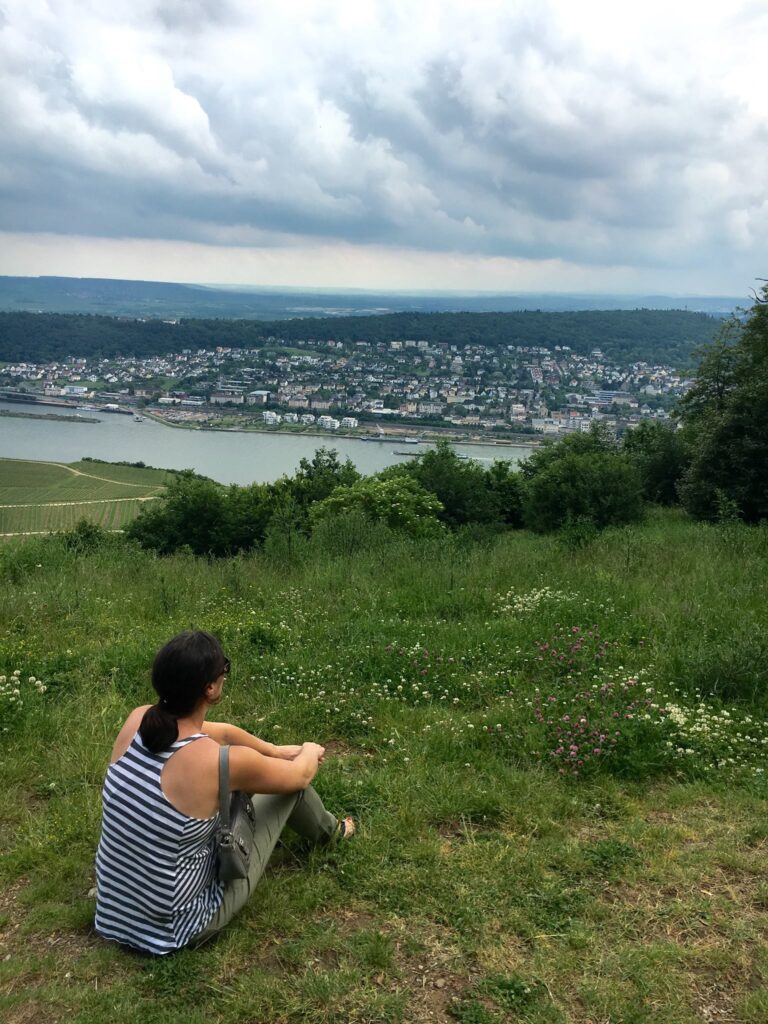
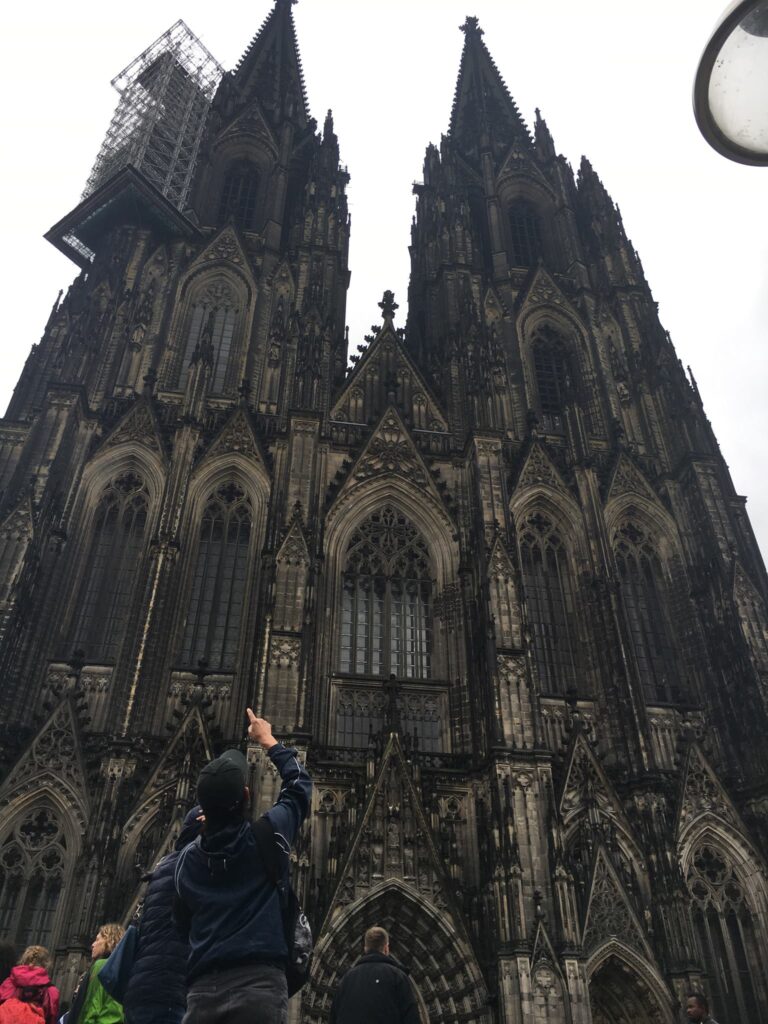
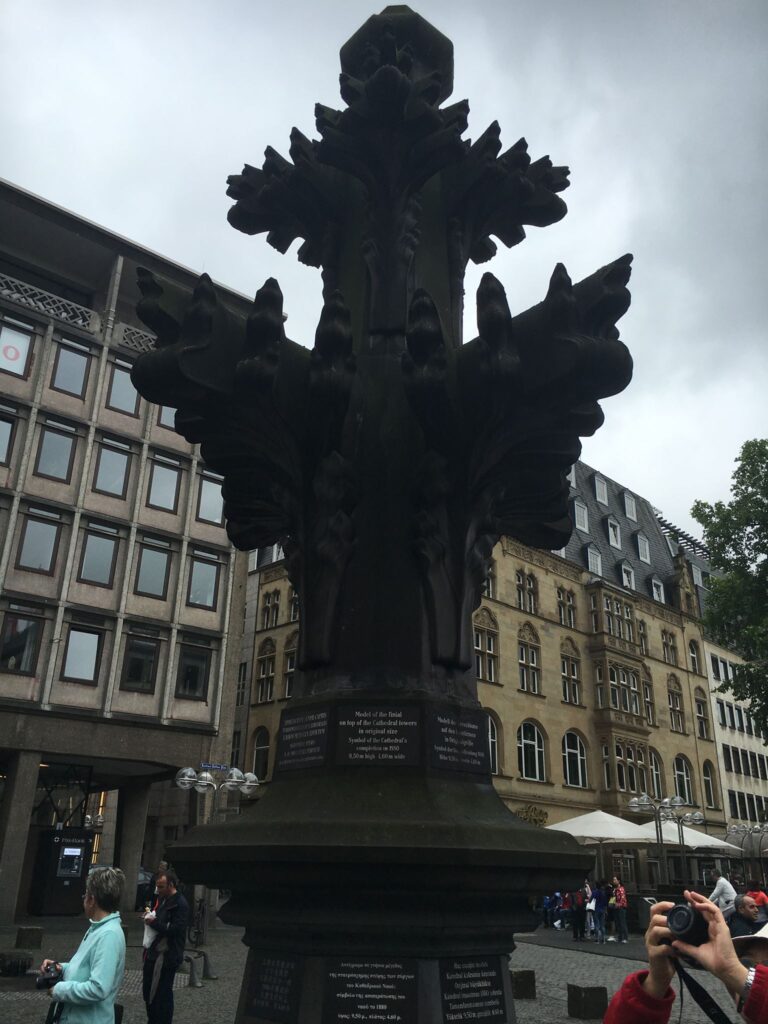
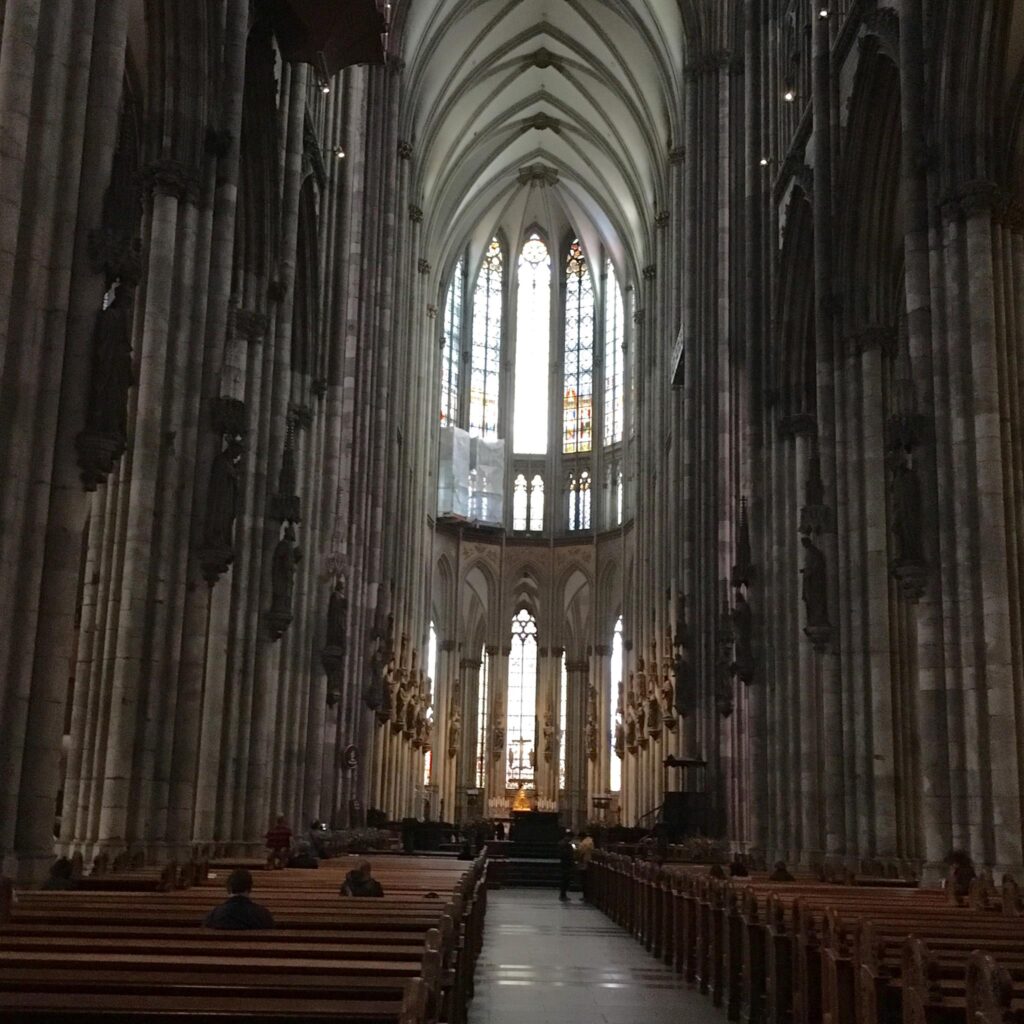
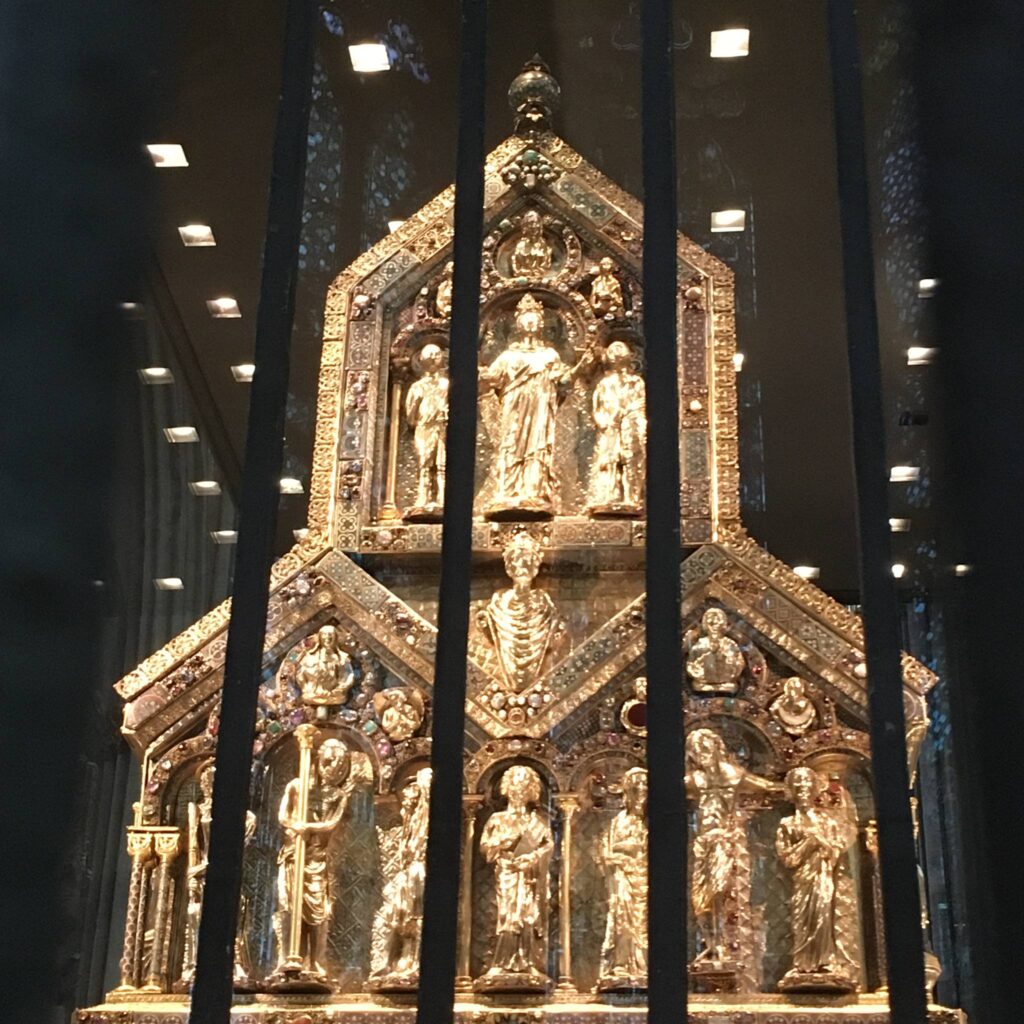
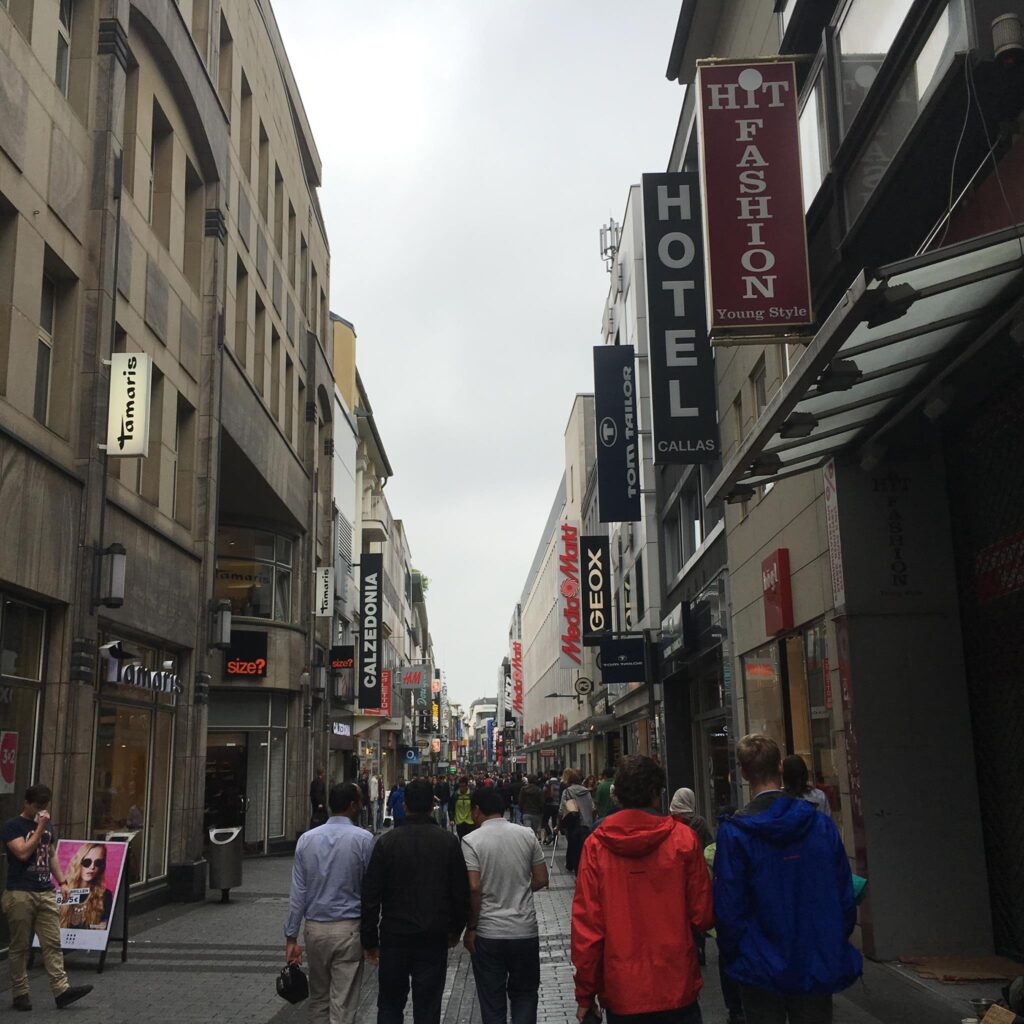
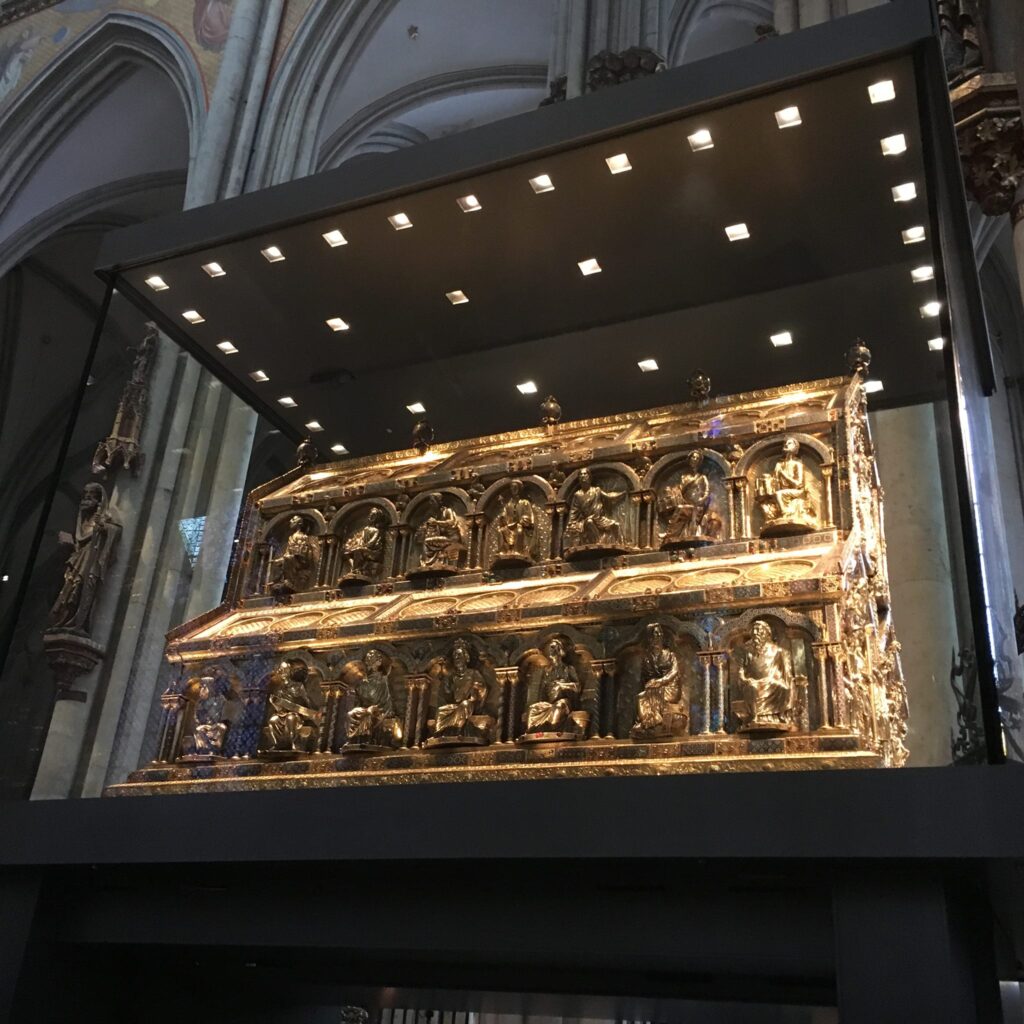
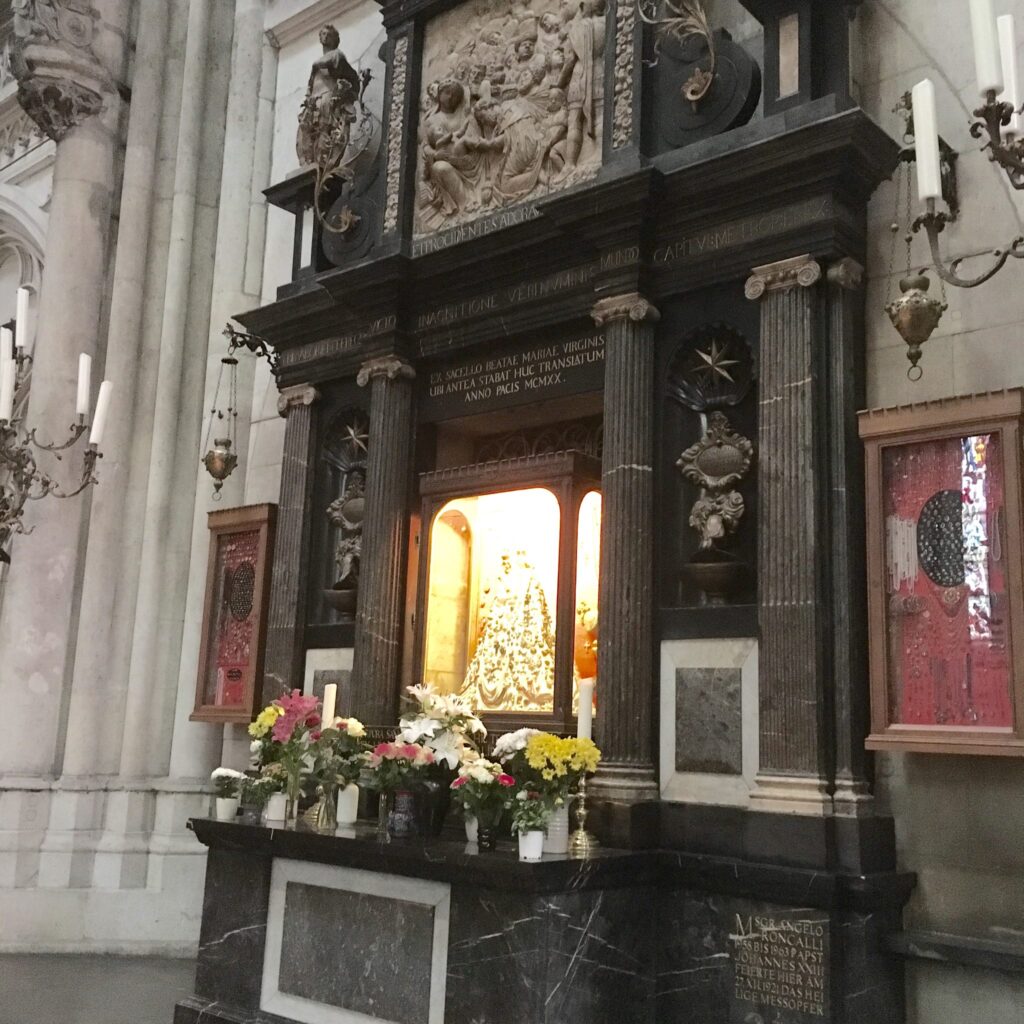
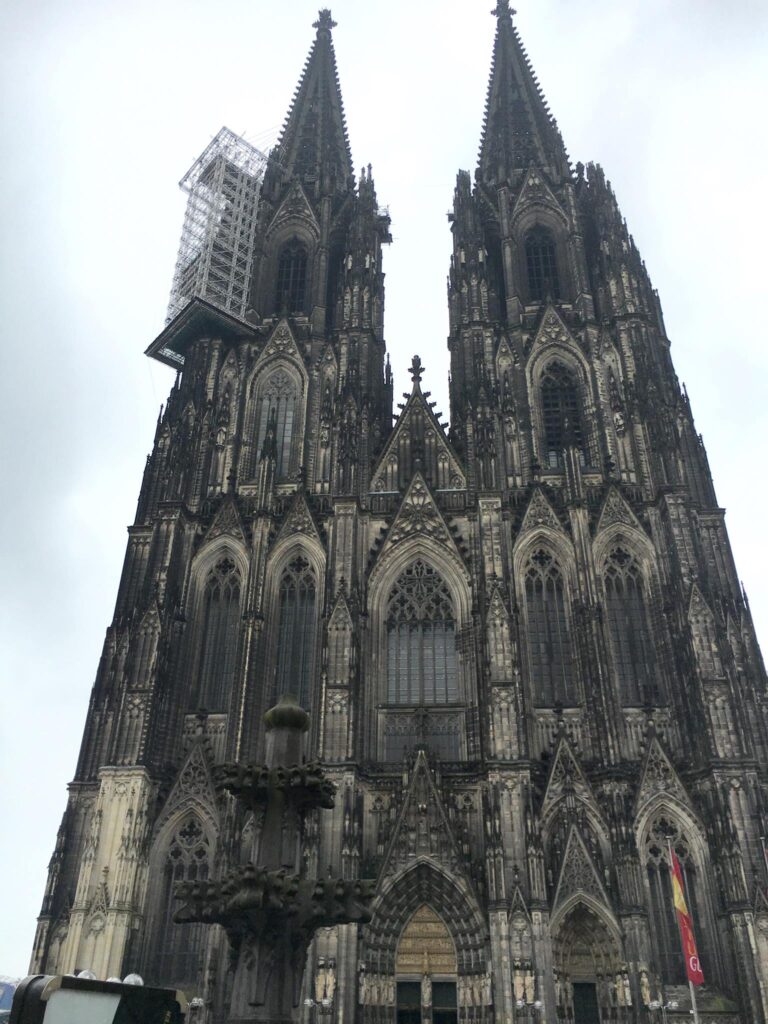
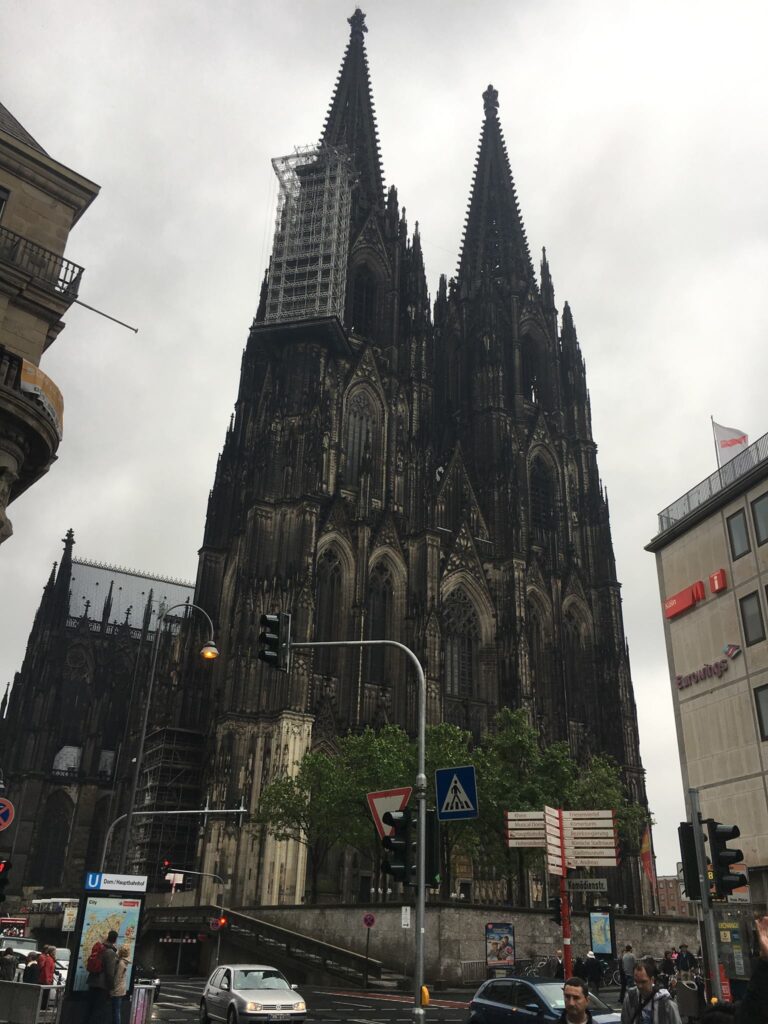
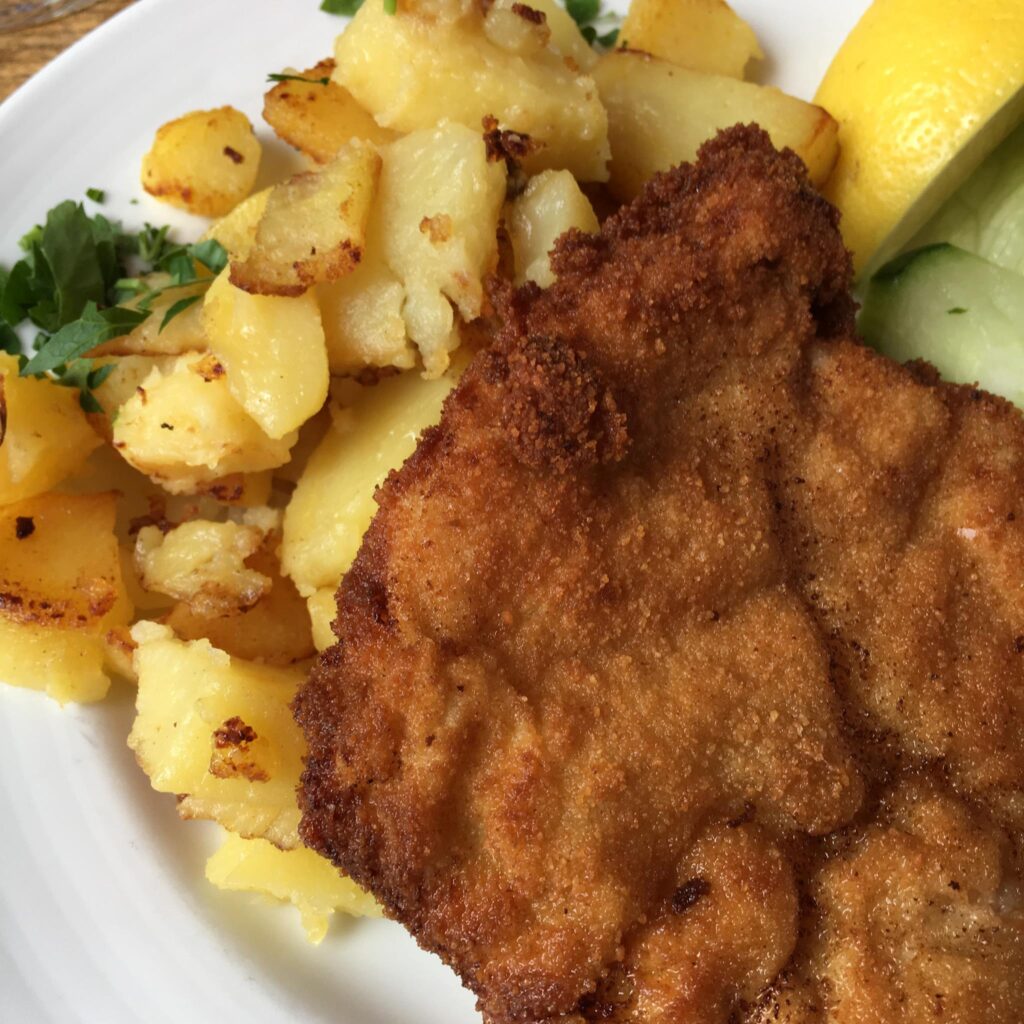
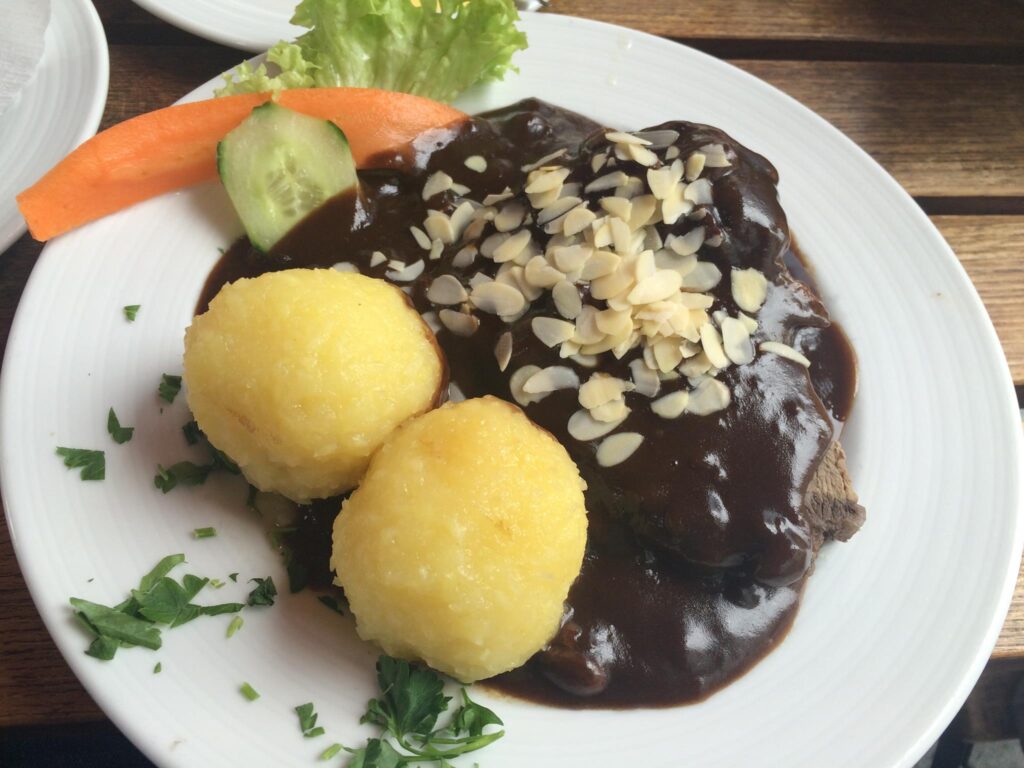
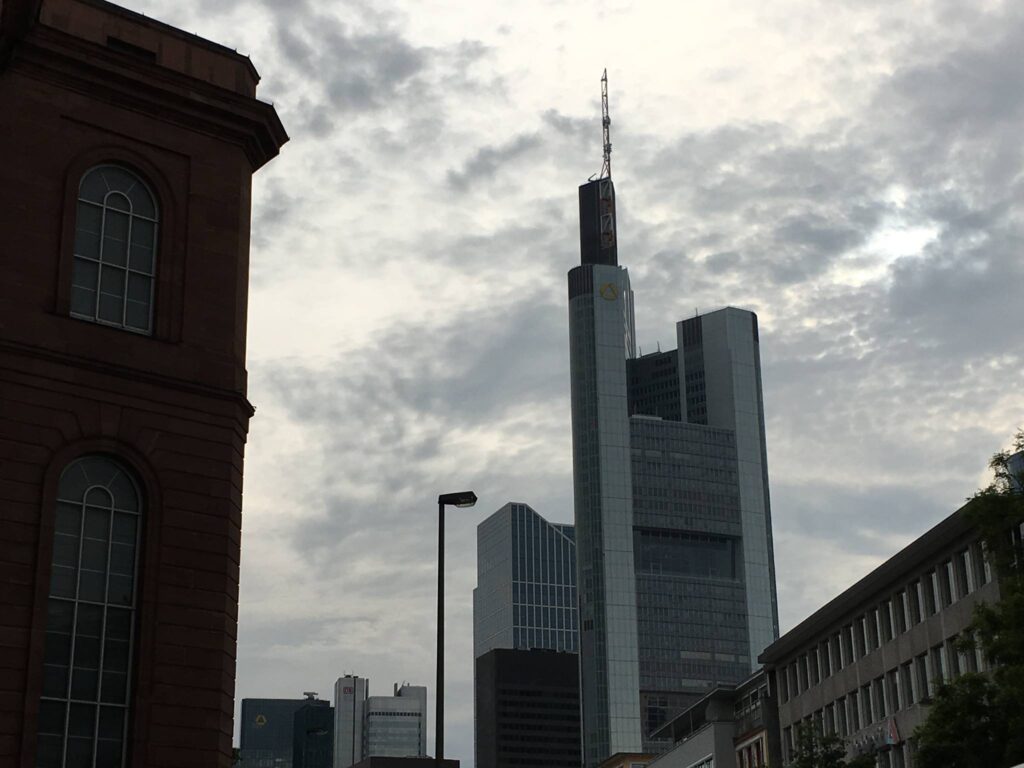
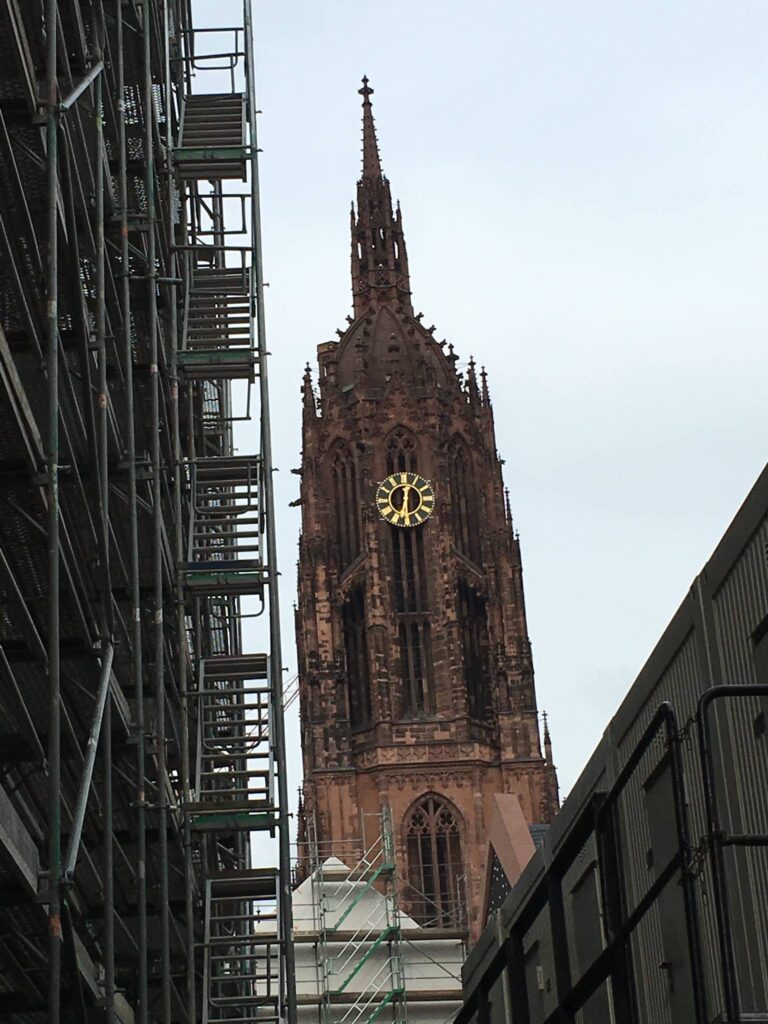
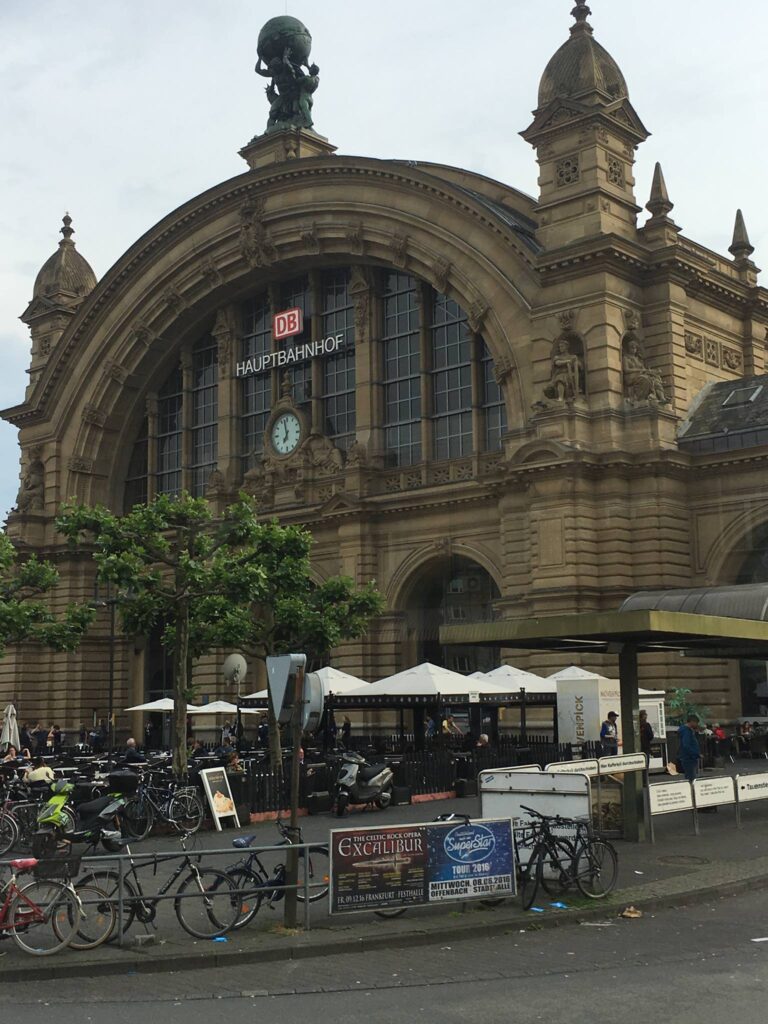
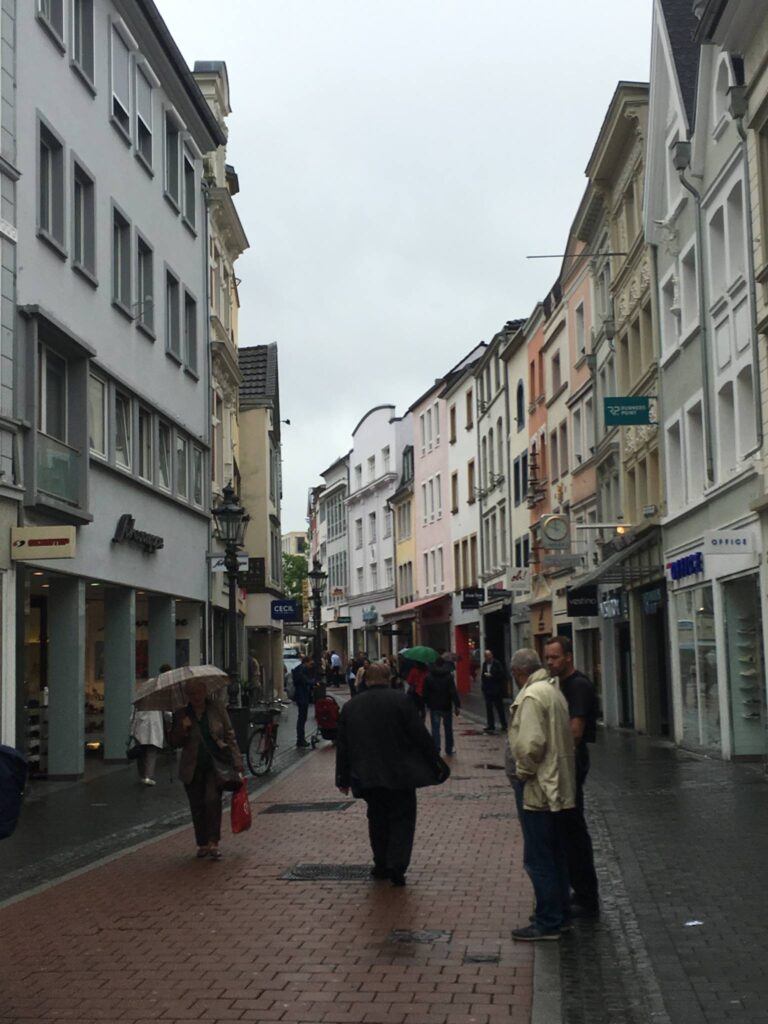

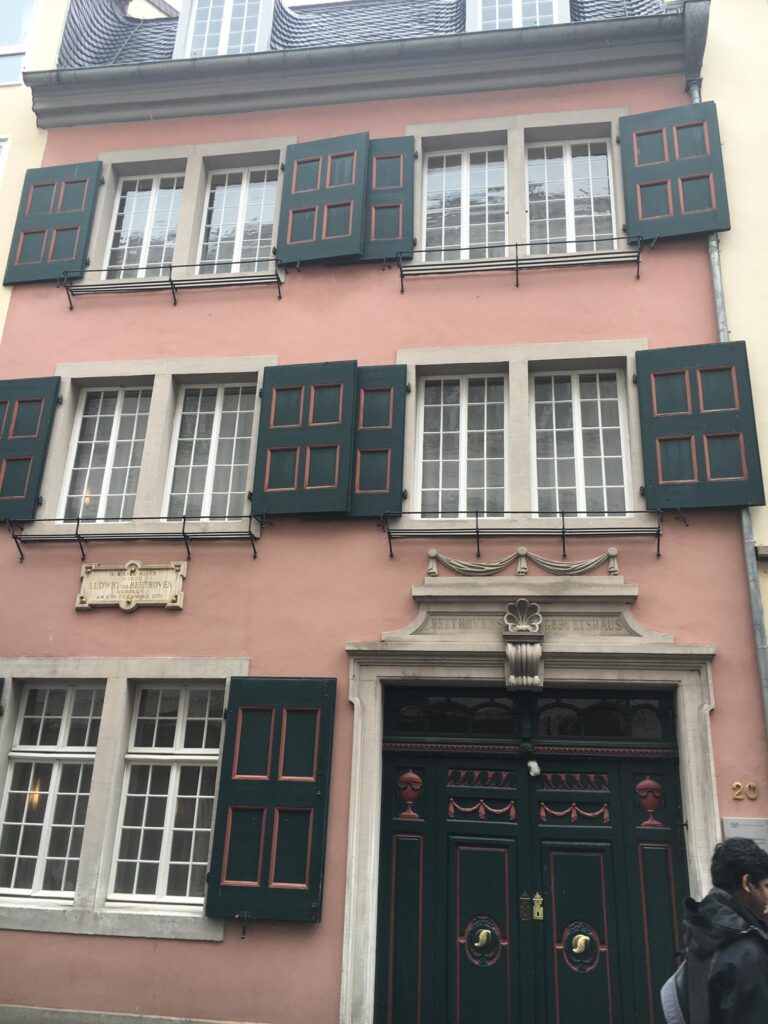
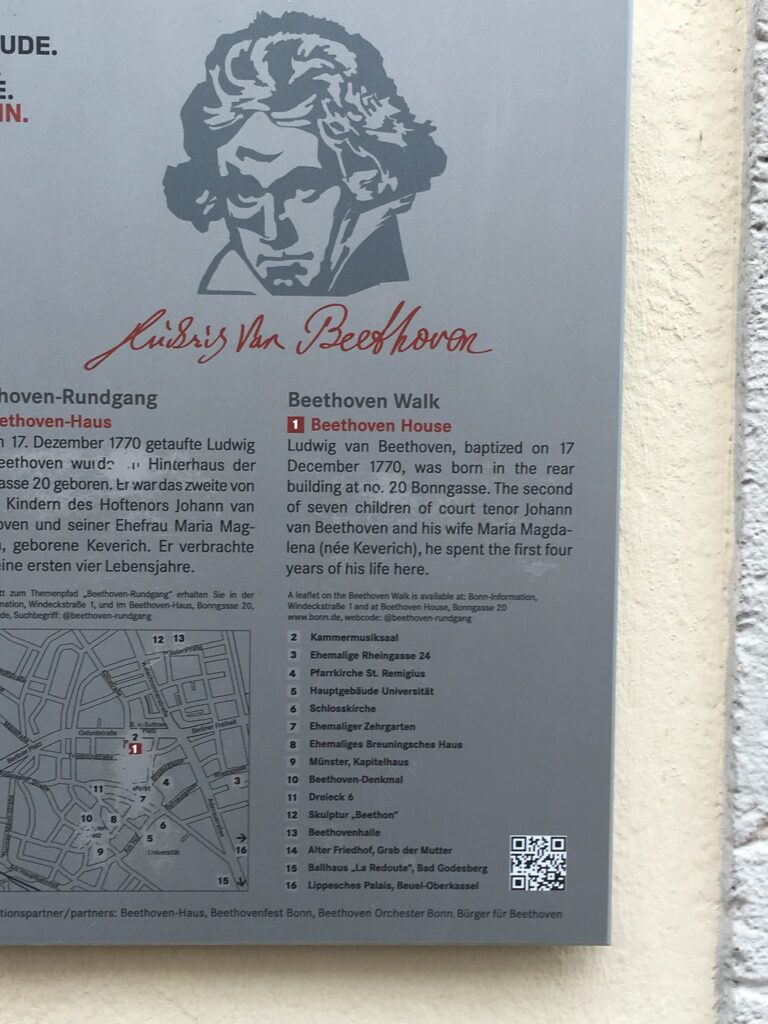
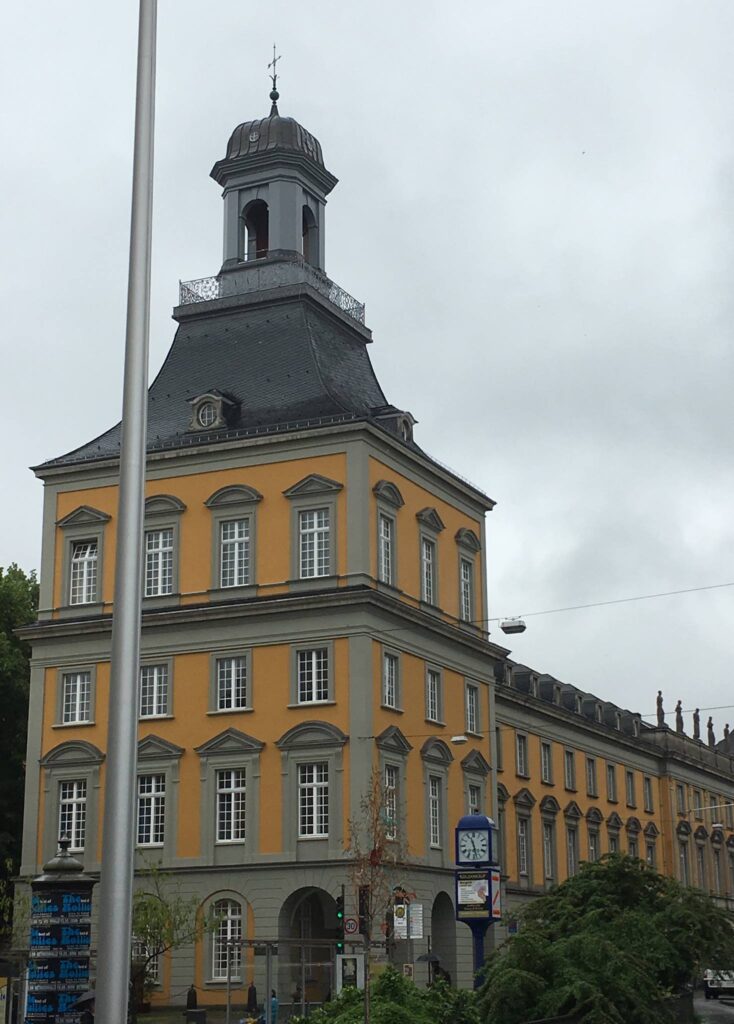
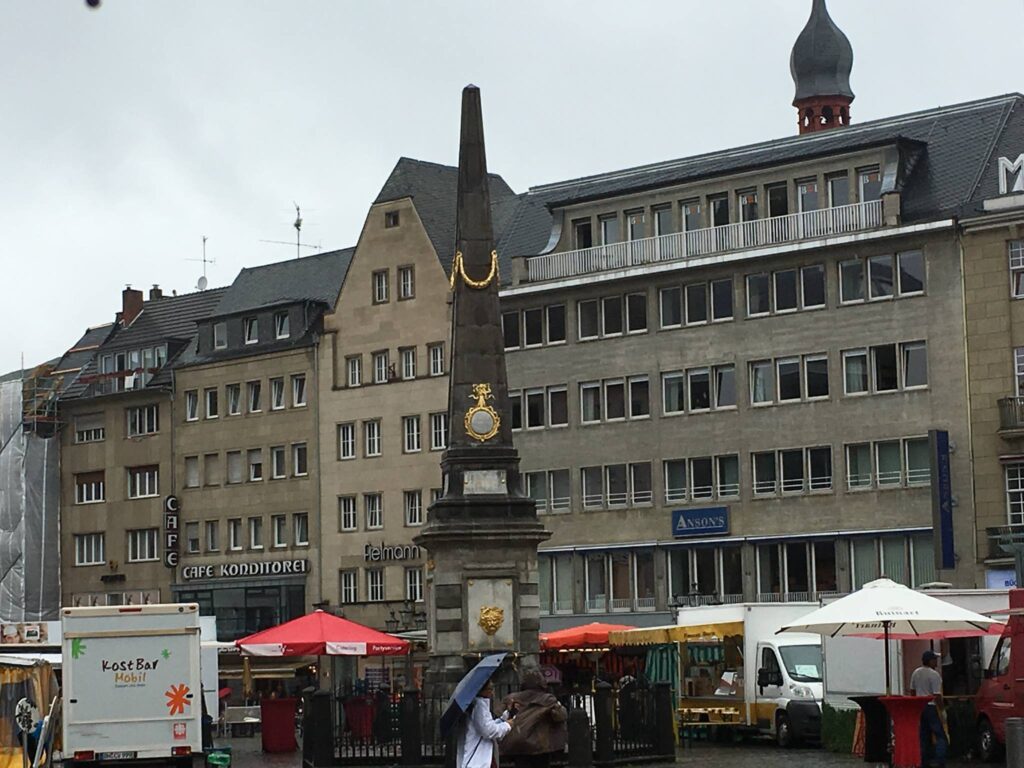
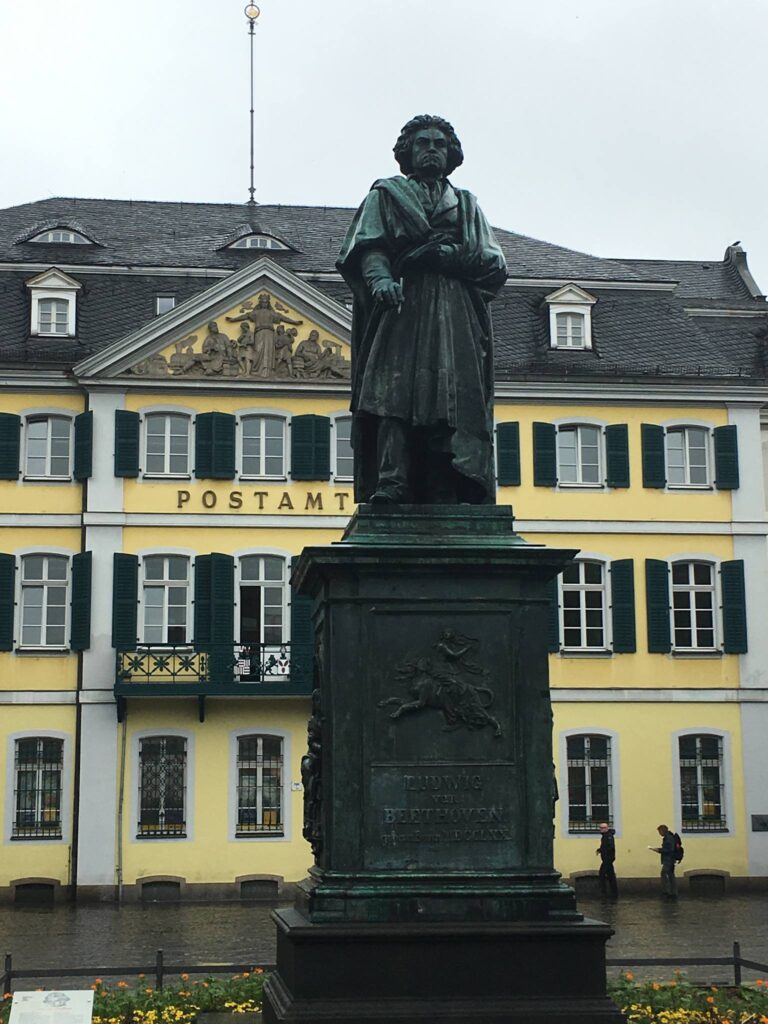
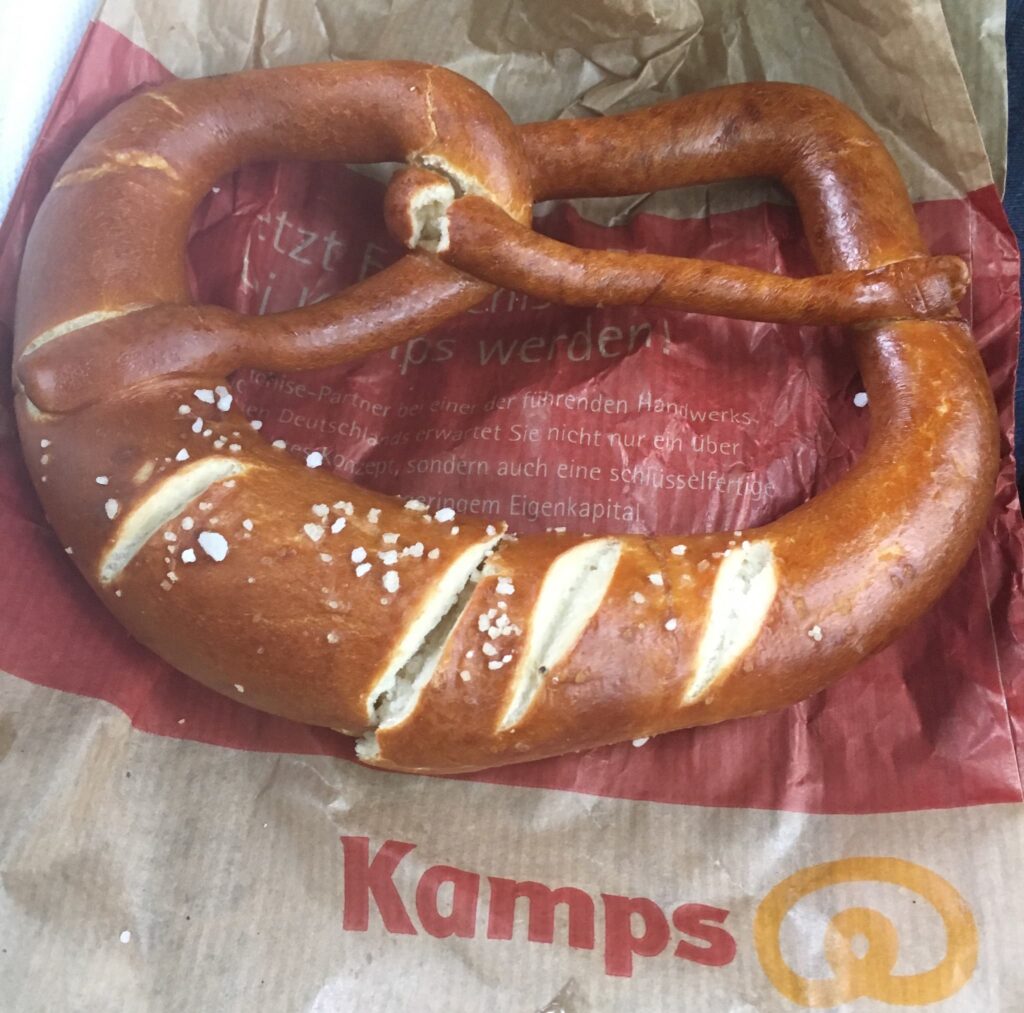
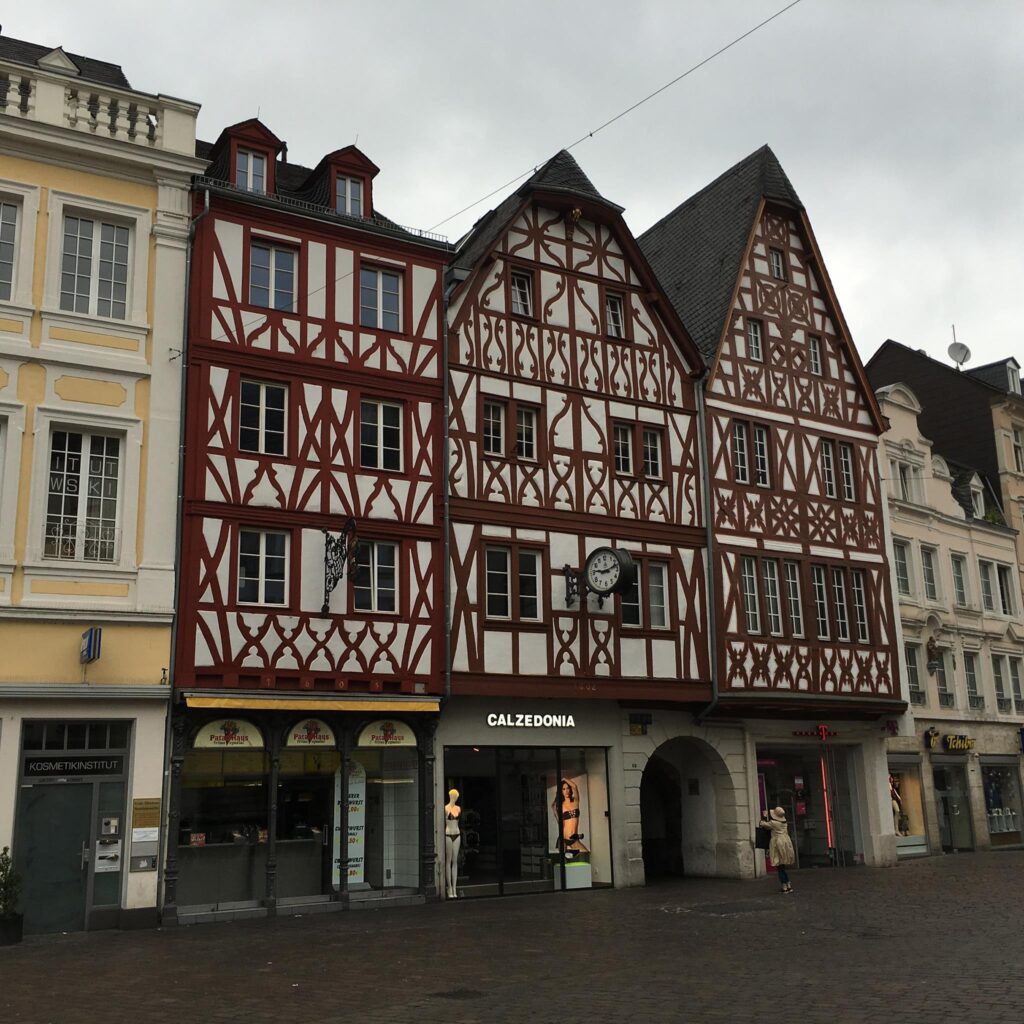
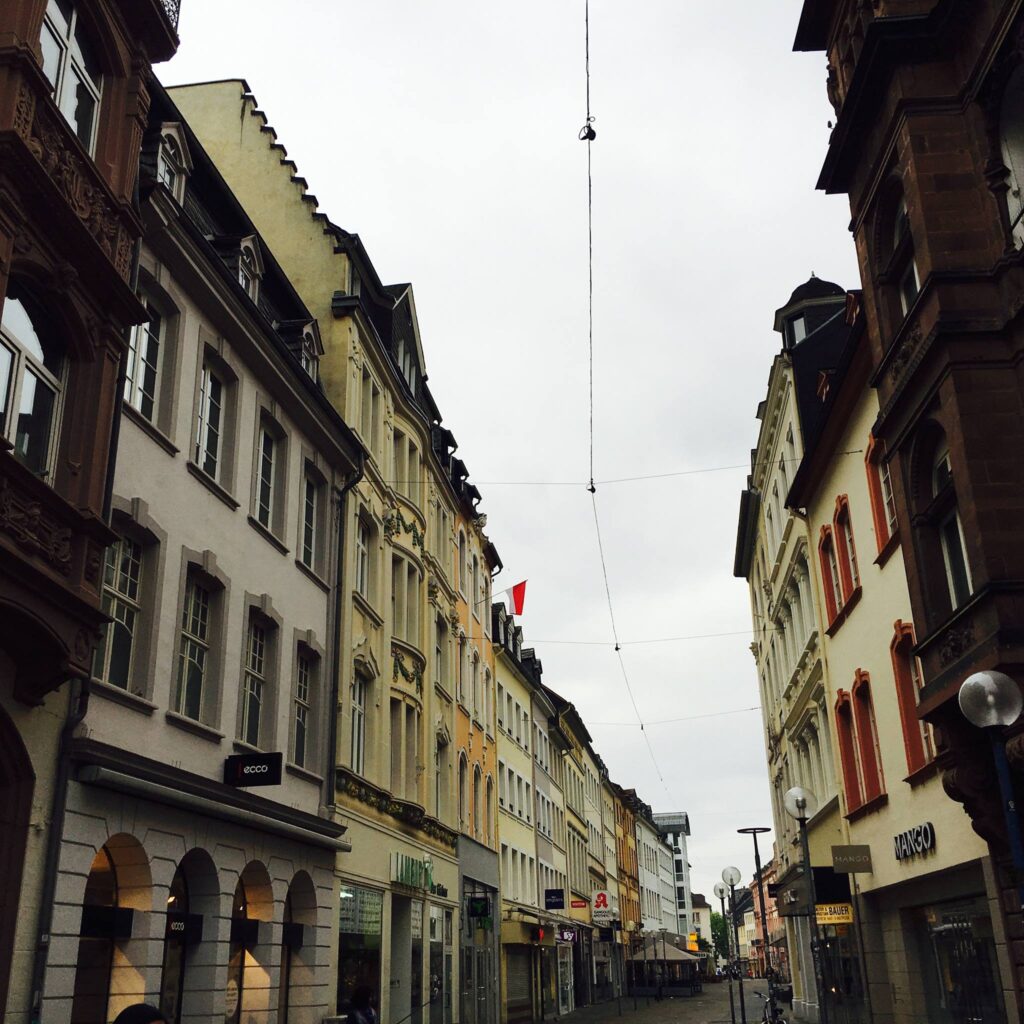
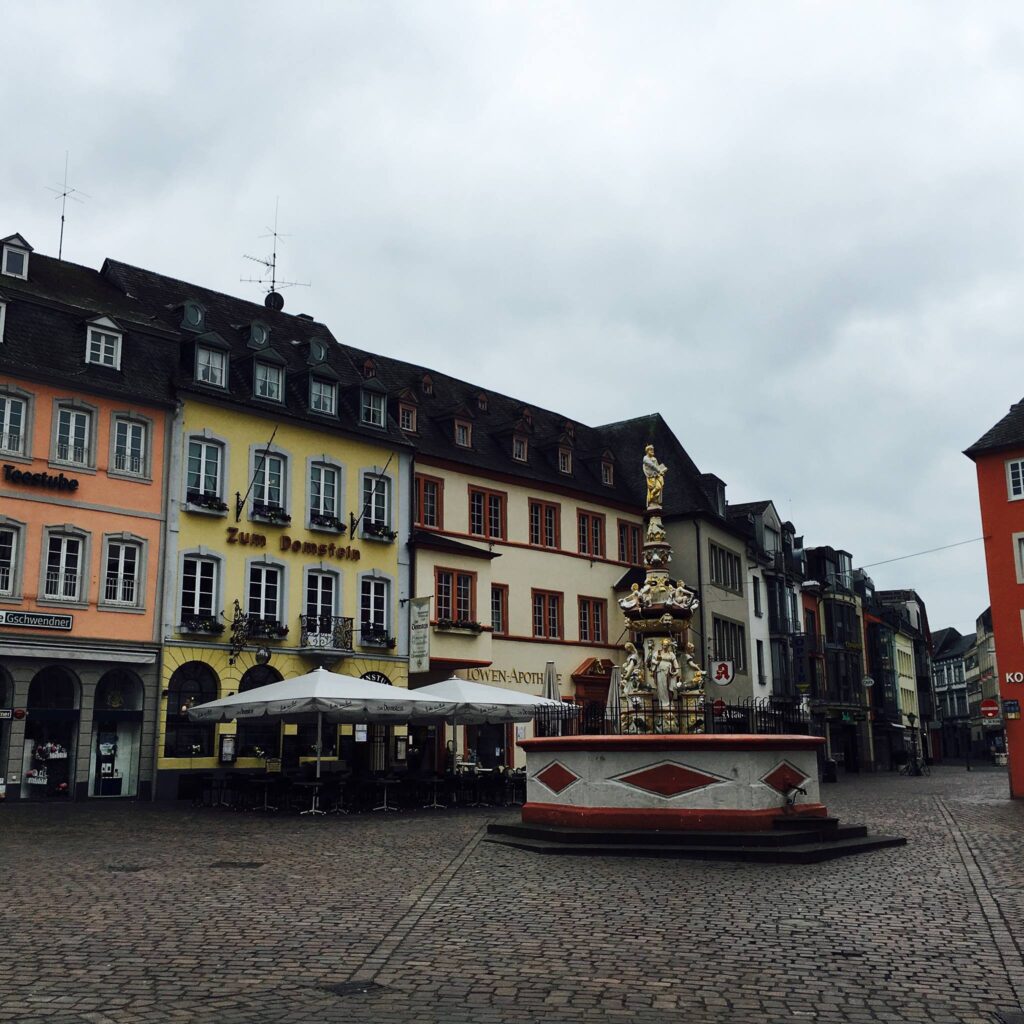
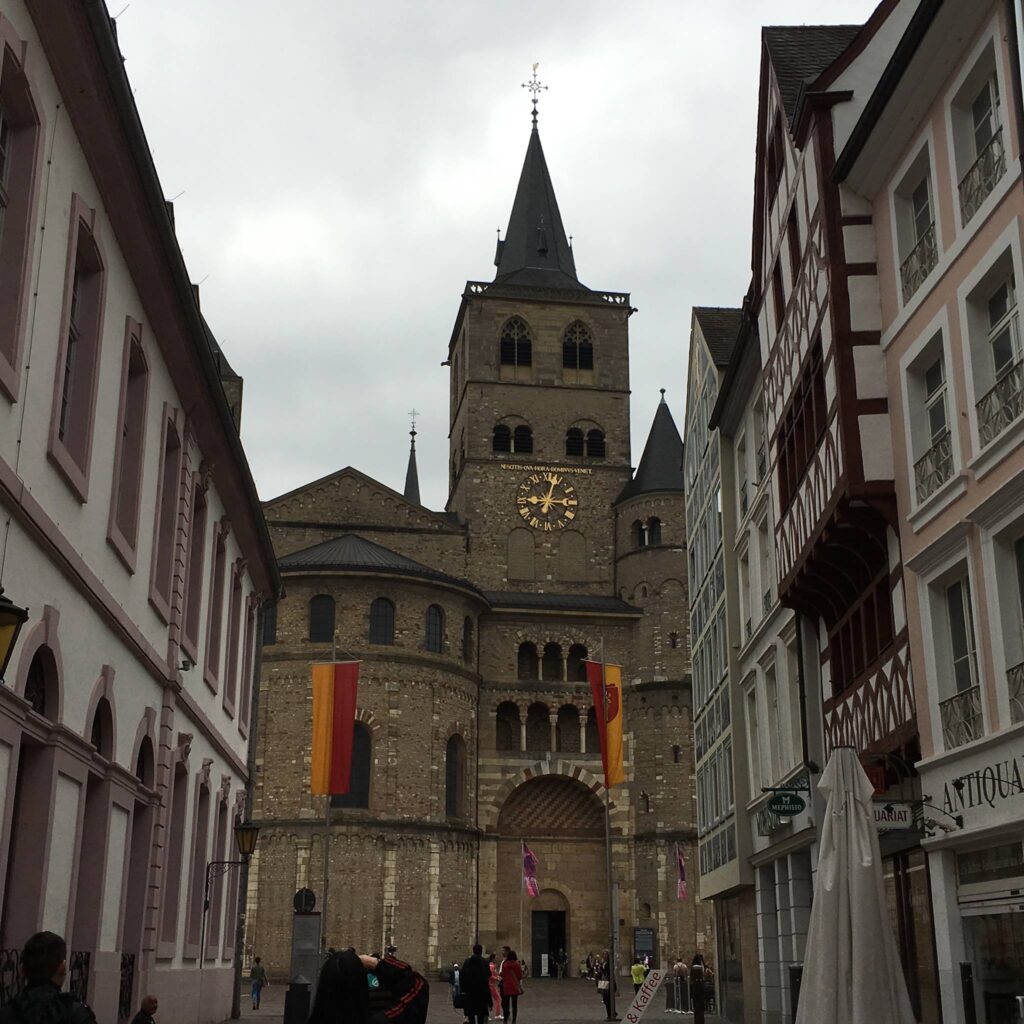
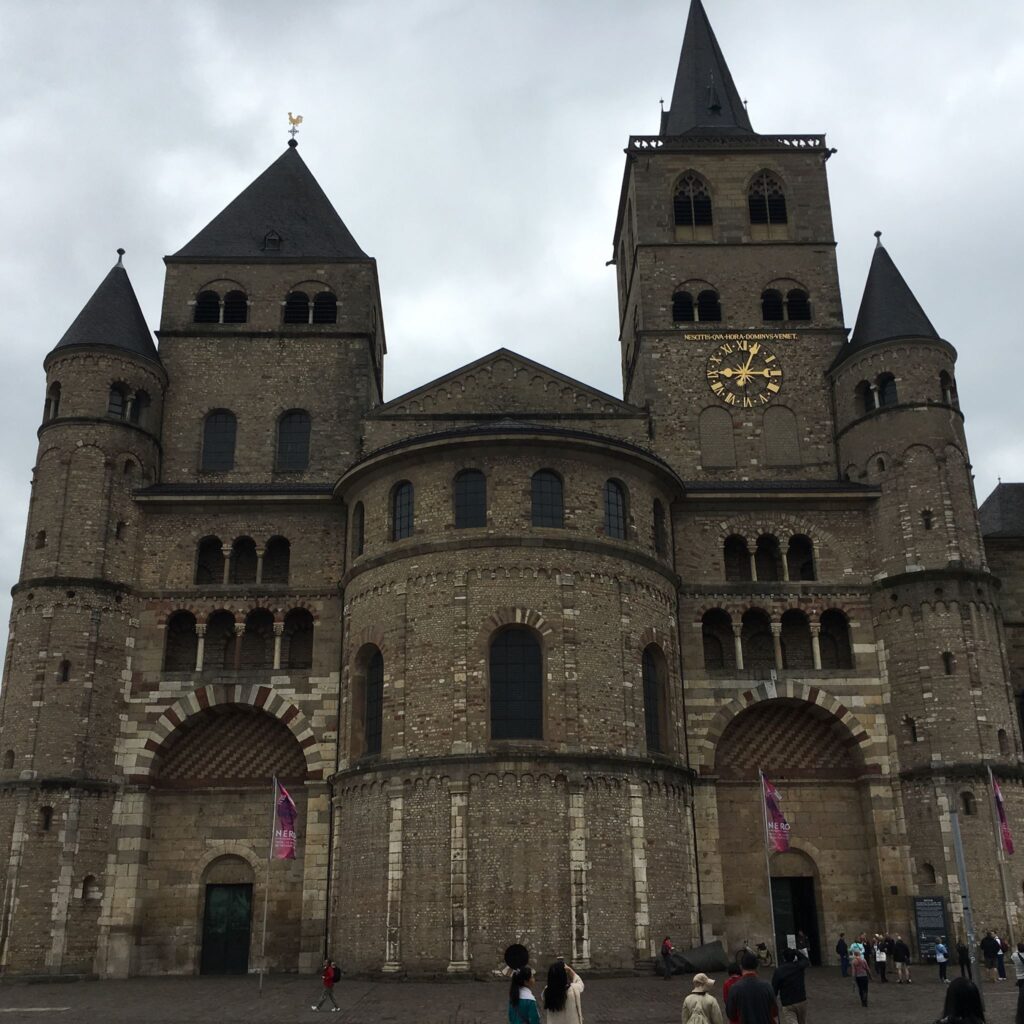
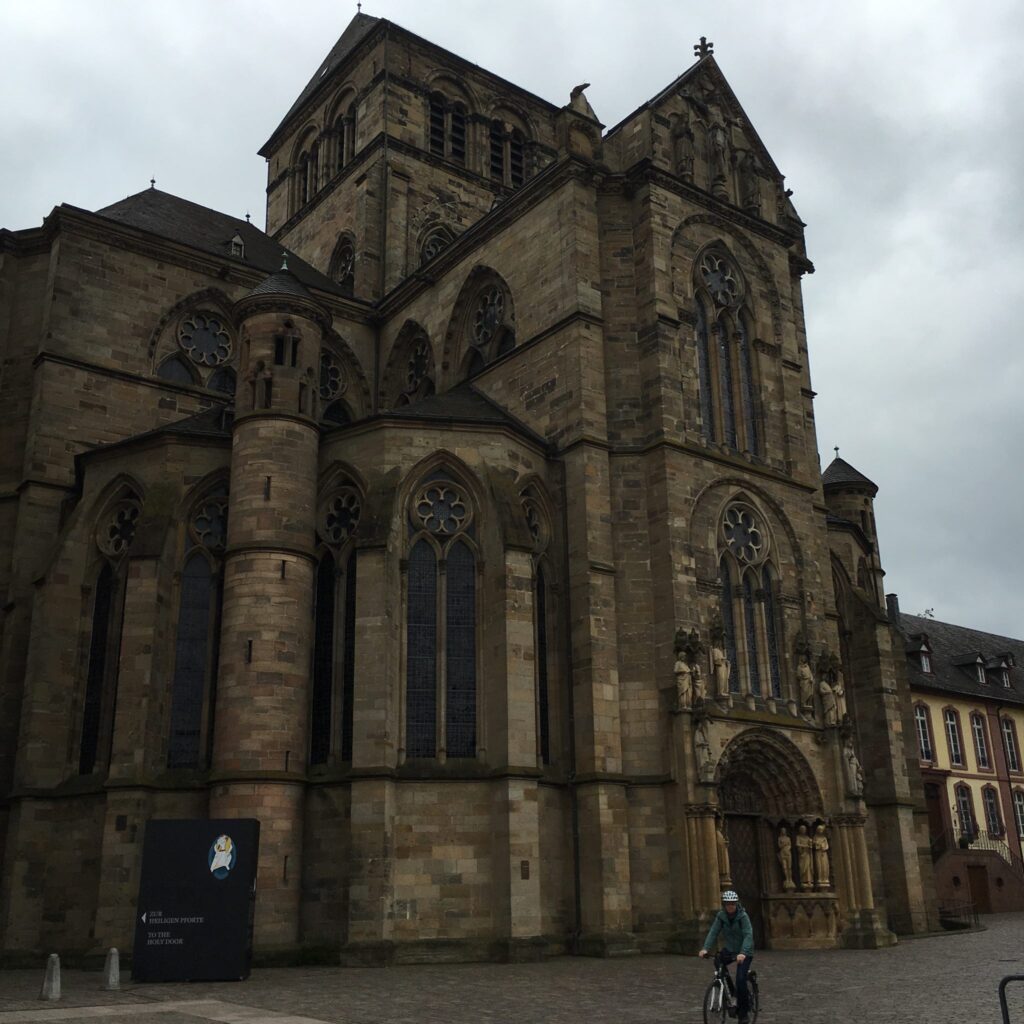
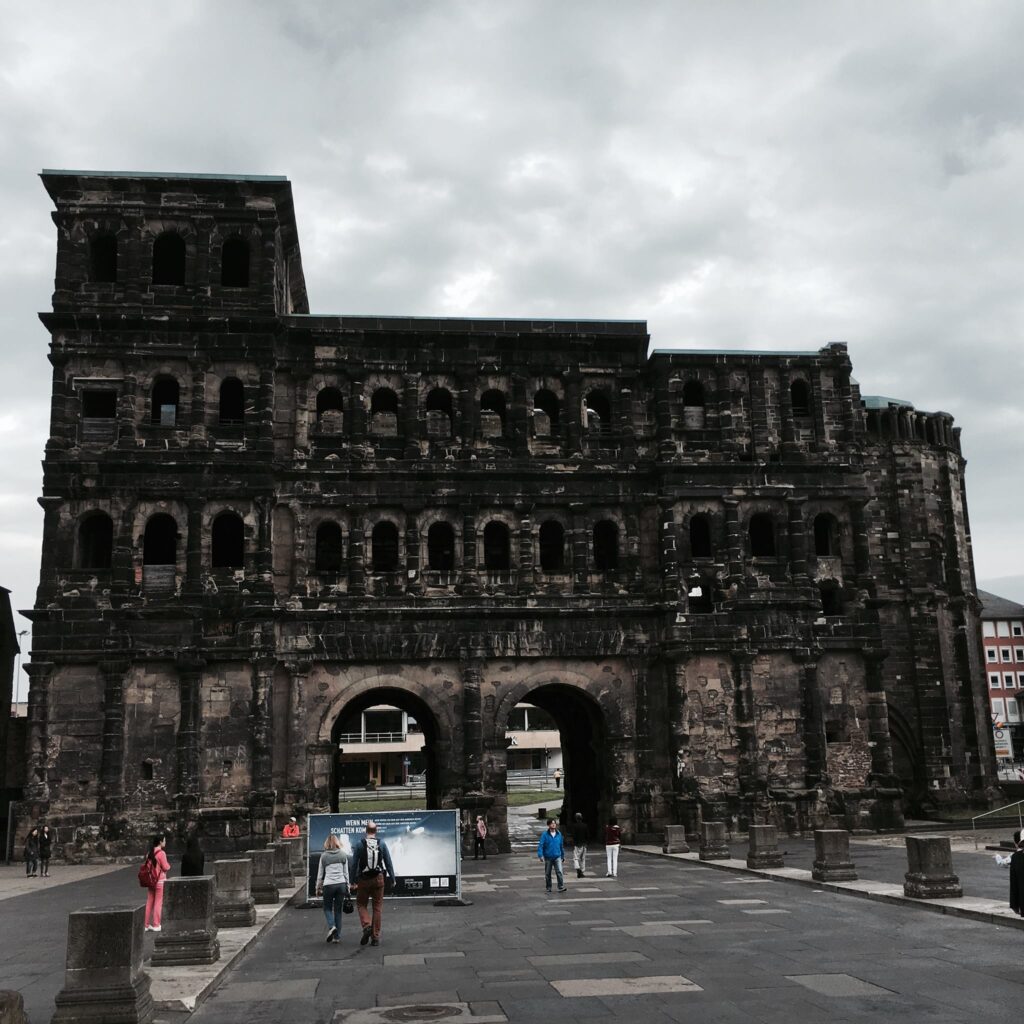
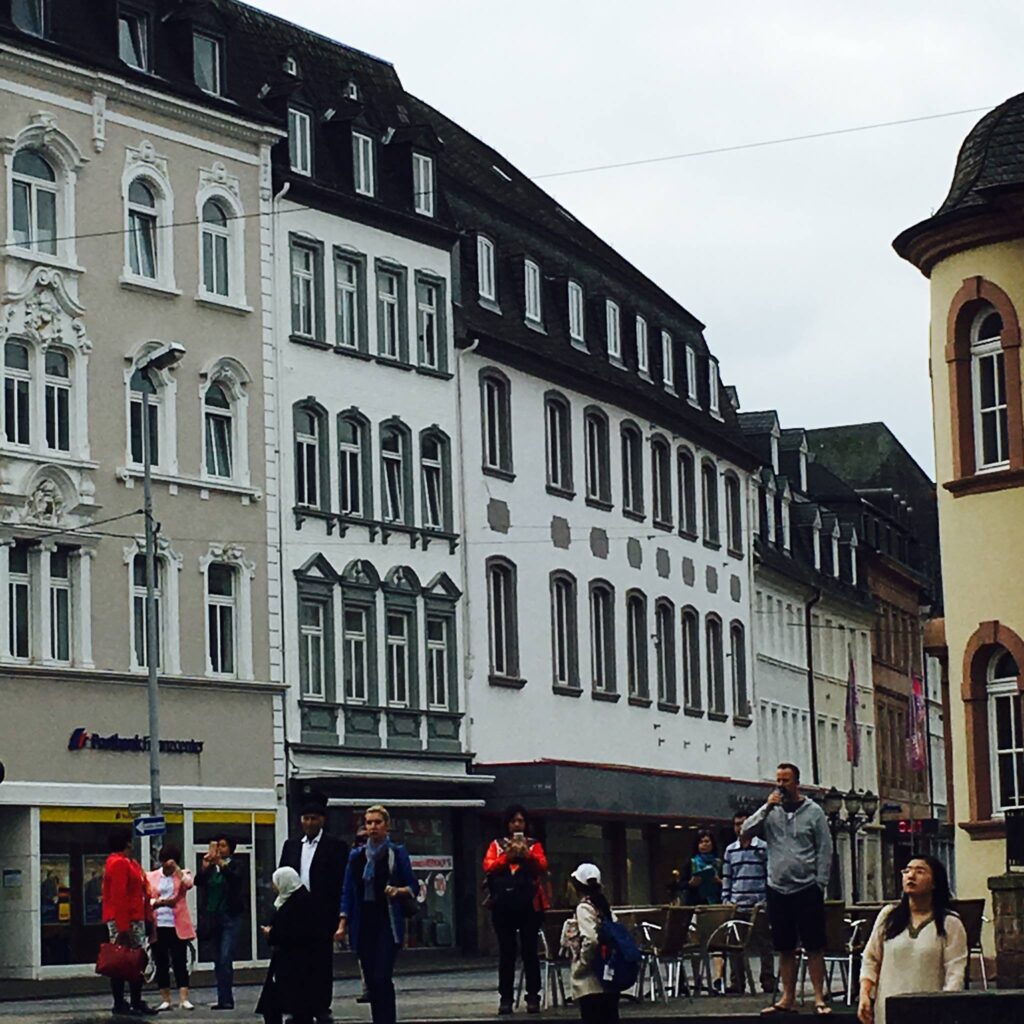
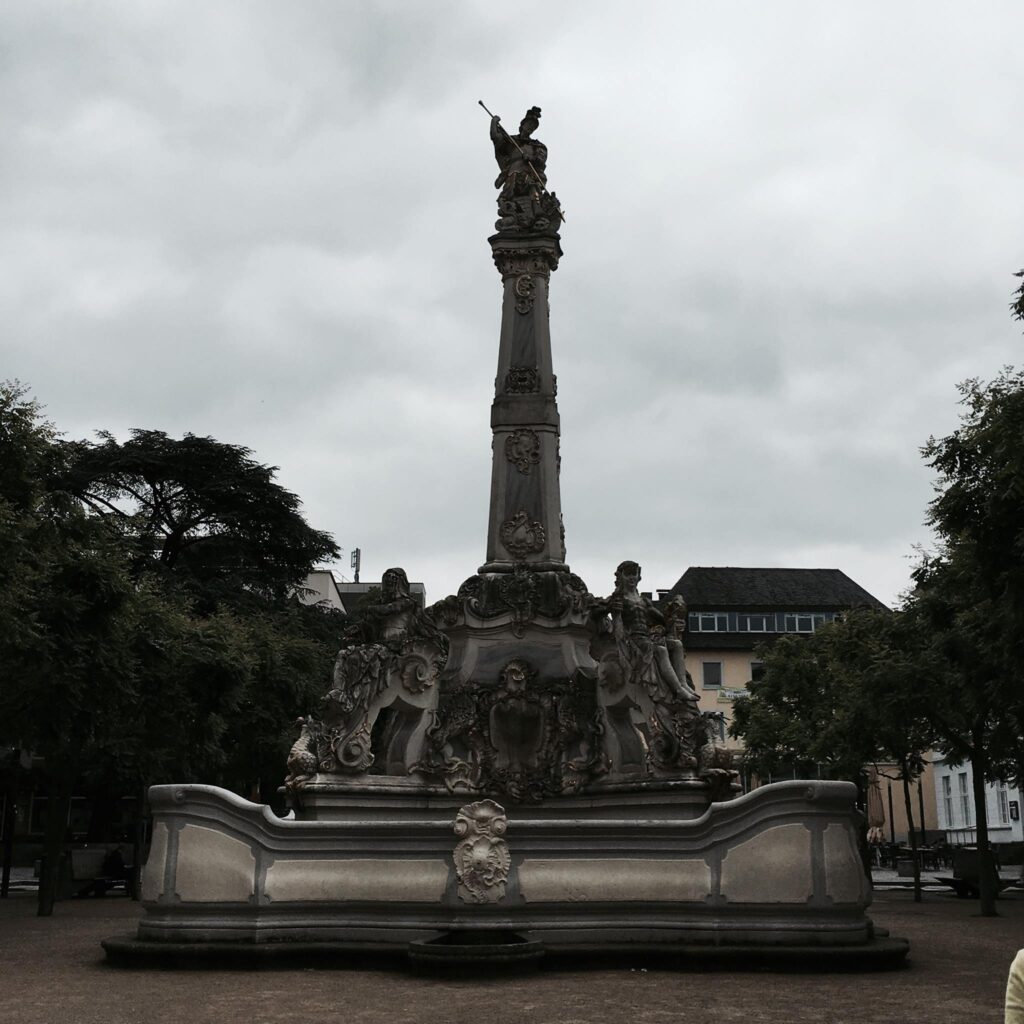
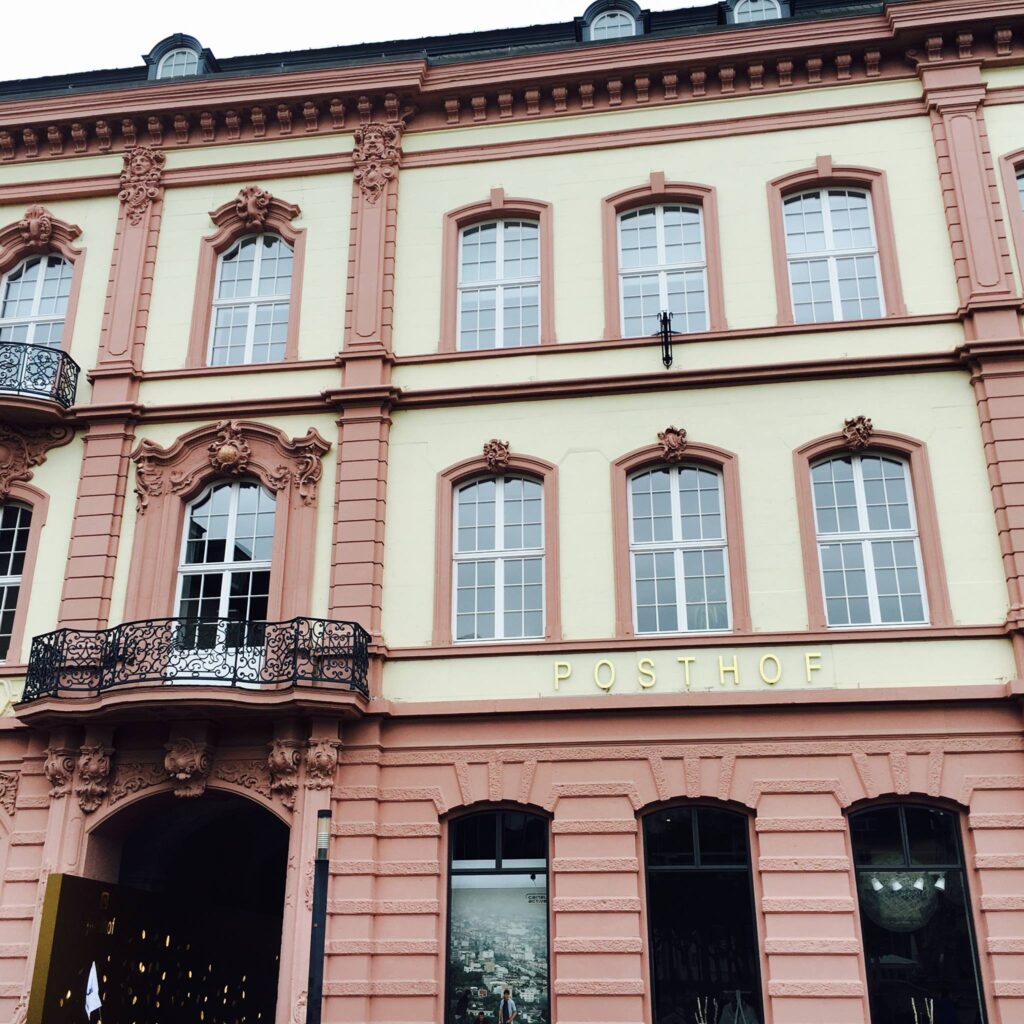
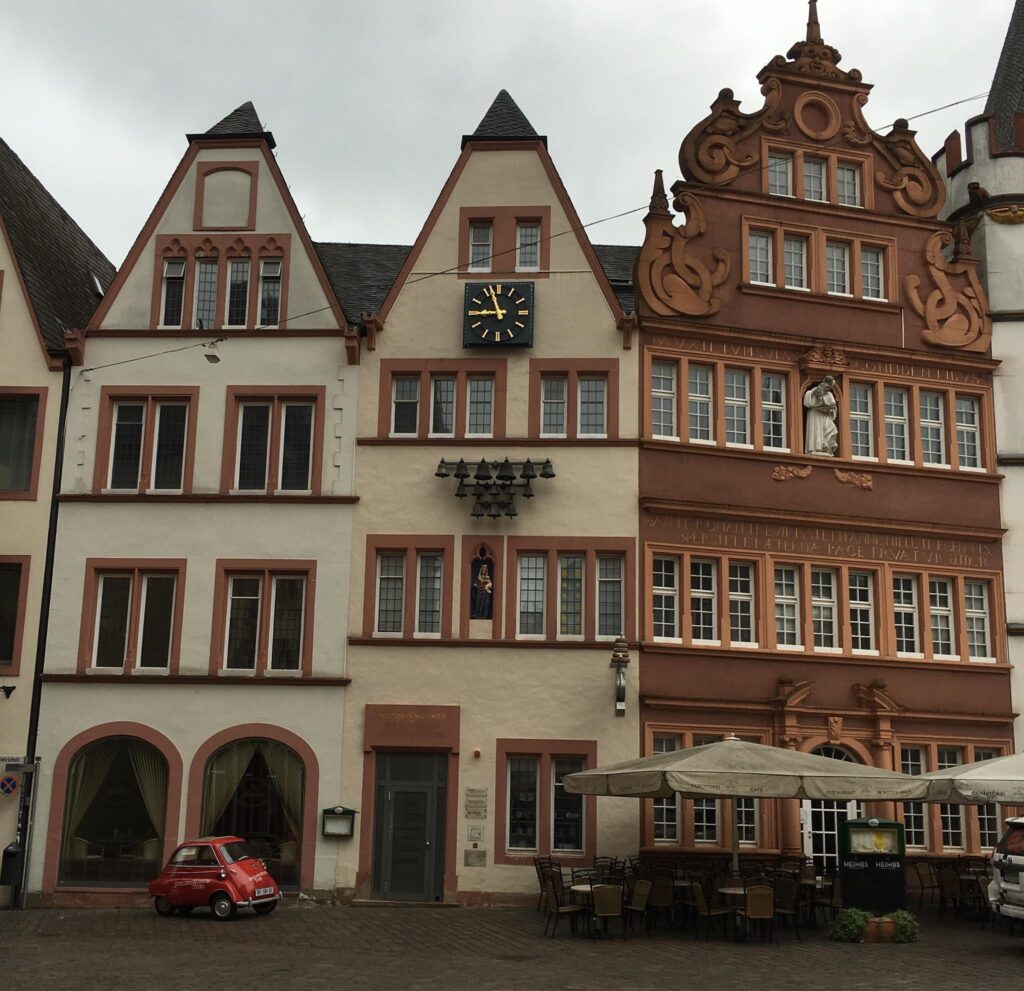
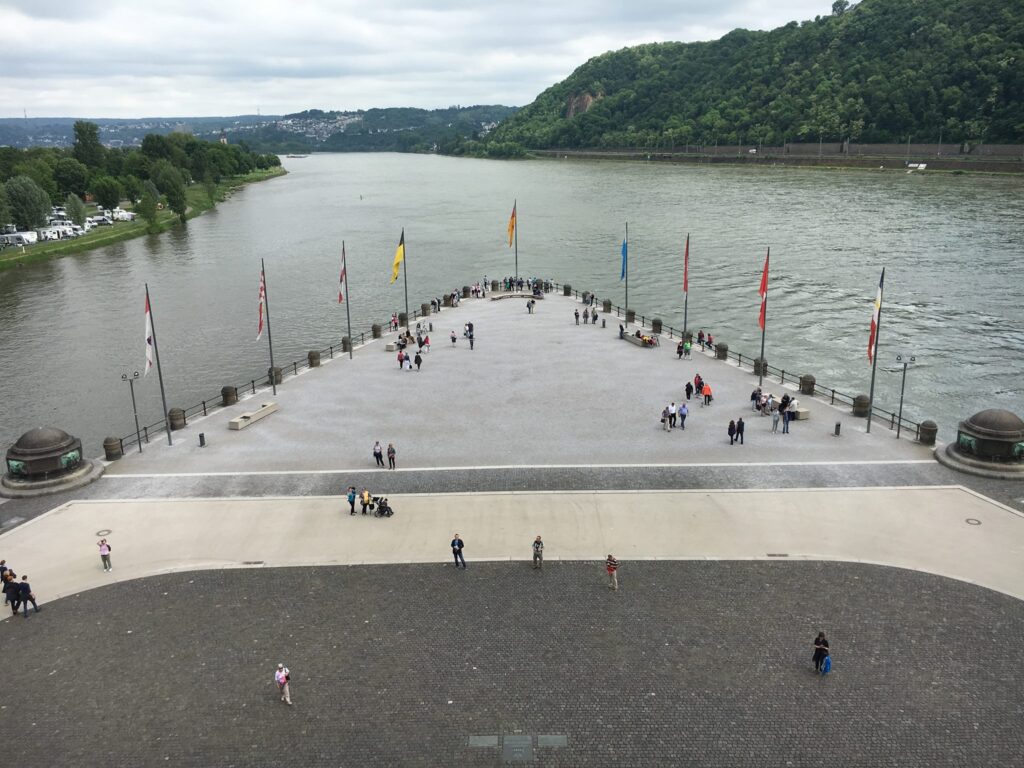
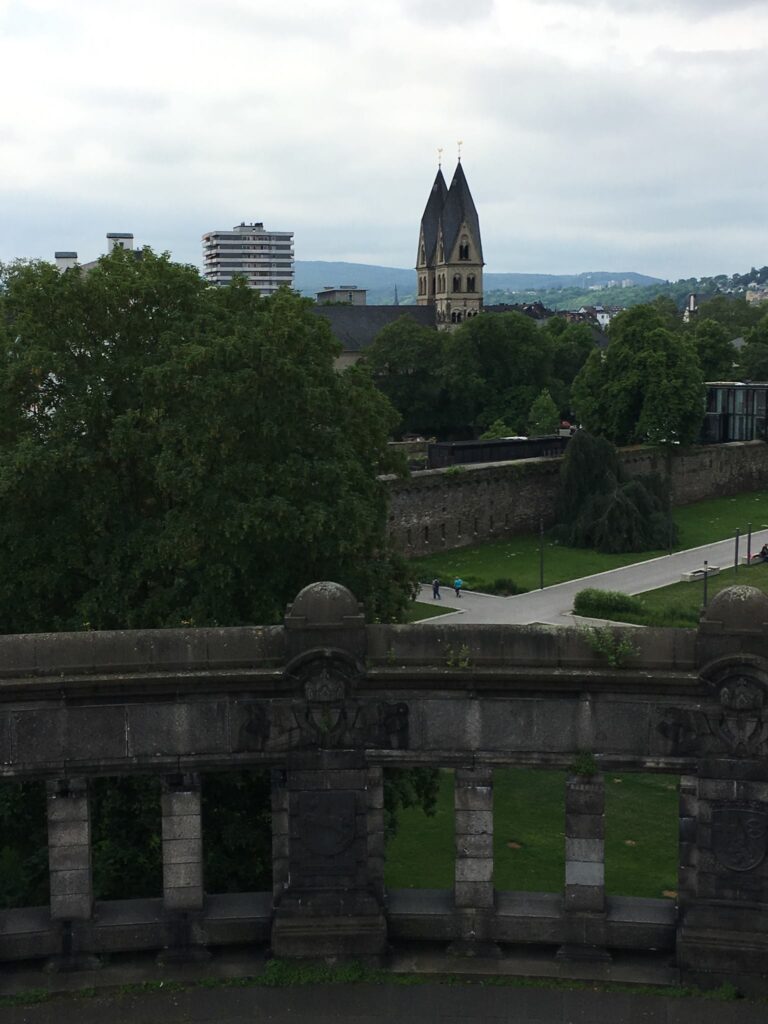
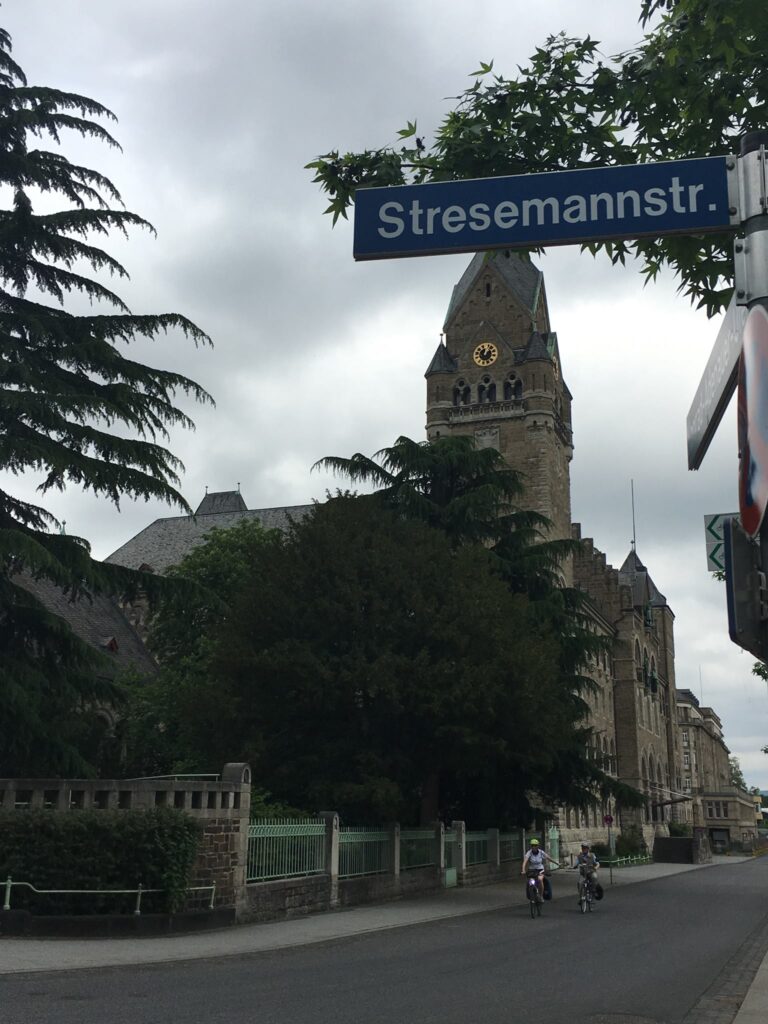
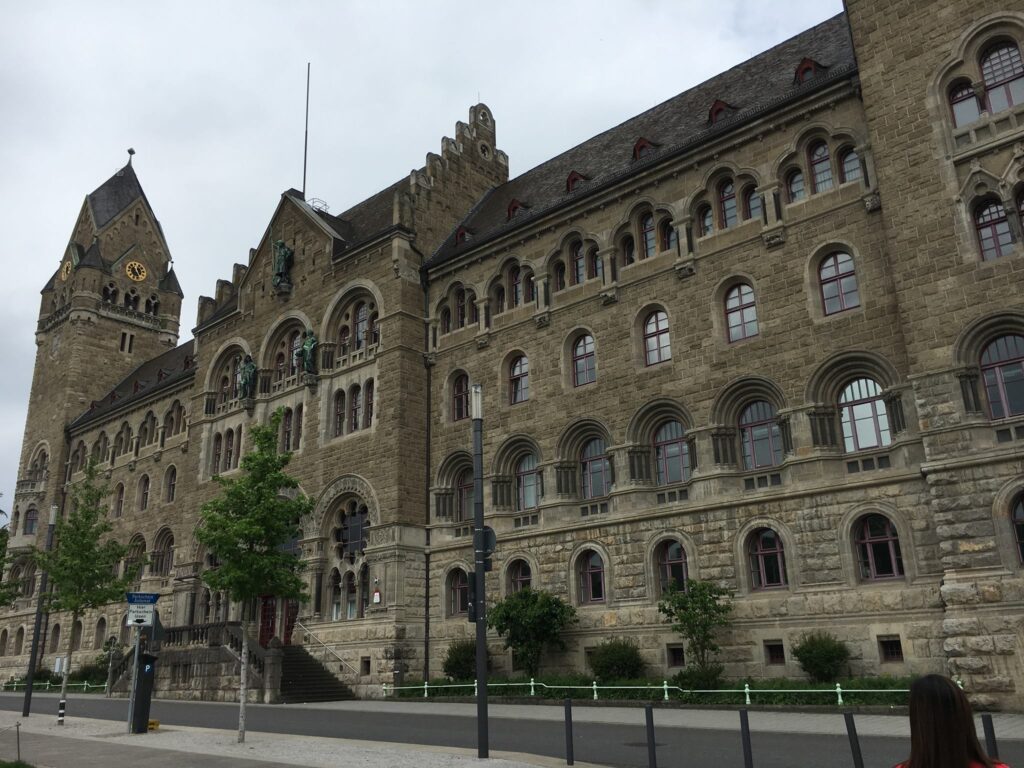
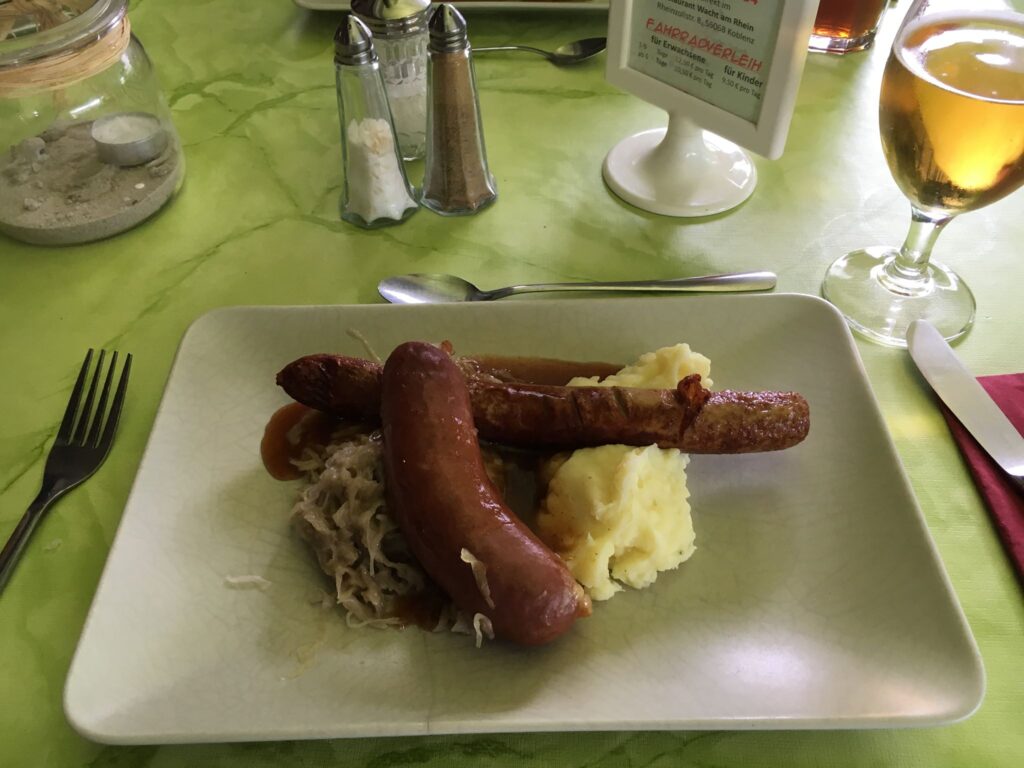
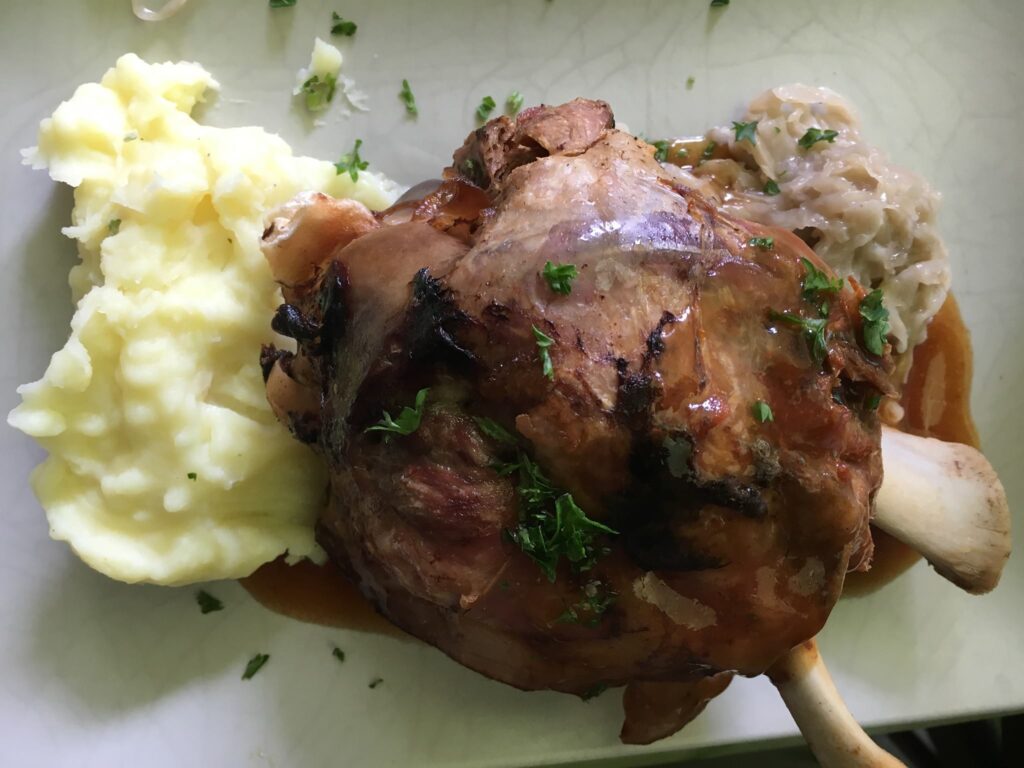



Leave a Reply